Mazda CX-60 2025 review\
Unsuccessfully pitched as a luxury SUV, Mazda has pivoted the CX-60 to pitch a lot of metal – and engine – for the money. Frankly, that is the right call.
It’s rare and admirable to see a bit of humility from a car company. That’s what we are seeing from Mazda in relation to its CX-60 SUV. Prices were initially too high – and the suspension and transmission tunes weren’t right. Customers weren’t happy, and now Mazda Australia has changed course.
Of course, Mazda’s motives are not entirely magnanimous. We’re quite sure the Japanese firm would like to see some return on investment from its costly large vehicle architecture that, so far, has not lived up to its potential.\
This is a review of the 2025 update to the CX-60, which ushers in a second suspension and transmission update as well as a substantial price reduction across the range – effectively downgrading the CX-60 from entry-luxury to upper-mainstream.

This is a review of the 2025 update to the CX-60, which ushers in a second suspension and transmission update as well as a substantial price reduction across the range – effectively downgrading the CX-60 from entry-luxury to upper-mainstream.
A brief rundown of this car’s unusual history provides the context as to why these changes has occurred.
During the uncertainty of the coronavirus pandemic, carmakers rushed to announce plans to go full EV – but Mazda made a contrarian bet, telling media it was developing a premium combustion platform with longitudinal six-cylinder engines for rear-wheel drive layouts. A last stand for enthusiasts, of sorts.
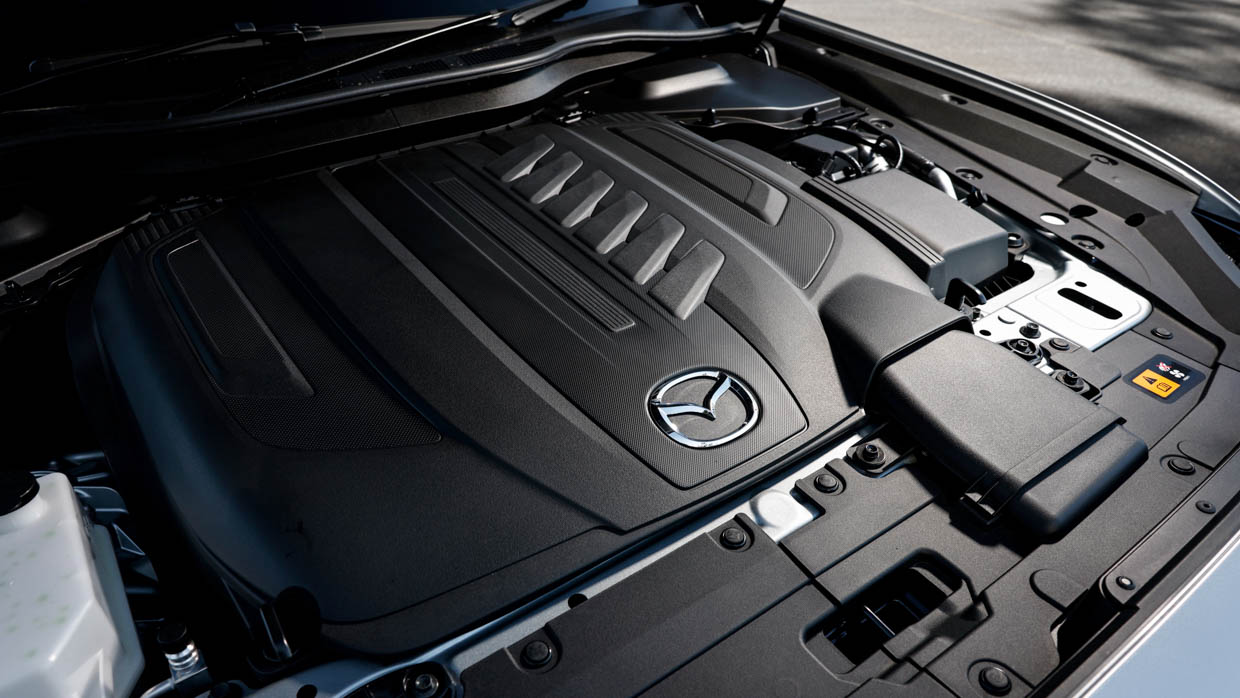
Mazda’s move stirred excitement – but the risk was palpable. With a market cap of $6 billion AUD in 2025, Mazda is less than 10 percent the size of the Volkswagen Group, and the Japanese firm couldn’t afford to miss. The execution of the new platform had to be flawless.
Expectations were high, because throughout the 2010s the Mazda CX-5 and CX-9 had stood among the best SUVs in the midsize and large classes.
The CX-60, the platform’s launch vehicle, showed promise with a choice of inline six-cylinder engines in diesel or petrol, and a plug-in hybrid (PHEV) ‘four responsive to tax breaks of the time.
But its debut was marred by a rare failure by Mazda’s traditionally capable chassis team: brittle, out-of-sync ride quality clashed with otherwise capable handling, while a new, Mazda-developed automatic transmission shifted clunkily.

Launched in Australia in 2023 and priced as a premium rival to base model versions of the BMW X3, Volvo XC60 and Audi Q5, the CX-60’s compromised dynamics undercut its value proposition.
Customer and media feedback centred on the poor ride quality, and transaction prices fell well below the $59,800-$87,252 (plus on-roads) Mazda sought.
Chasing Cars ran a CX-60 as a long-term review vehicle throughout 2023 and sounded the alarm about the harsh and discordant damping. Mazda’s response came in stages: initial denial, then incremental fixes in new CX-70, CX-80 and CX-90 models that replaced the venerable CX-8 and CX-9.
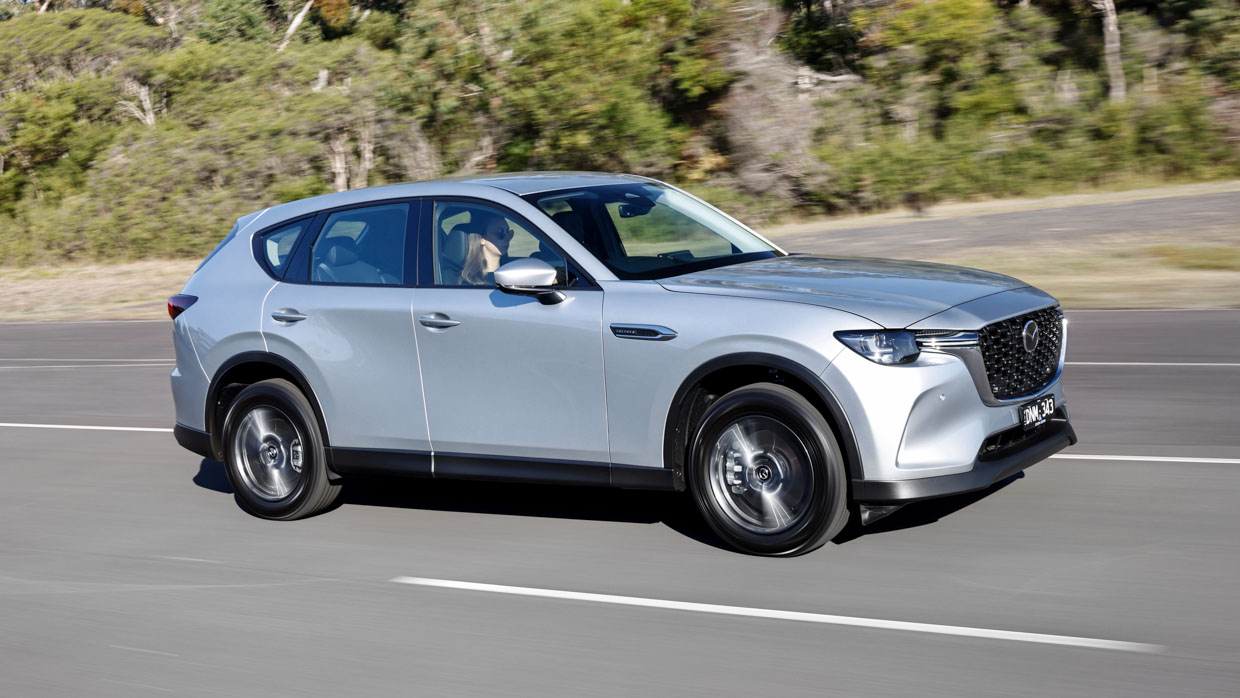
Then, in 2024, CX-60 owners in Australia were offered revised rear shock absorbers and a transmission software update, which we argued improved general refinement by 30-40 percent.
Still, that wasn’t enough. Mazda Japan responded again, this time with deeper suspension revisions, a rethink of pricing, and a sharper value equation.
The 2025 update, now landed in Australia, represents Mazda’s clearest shot yet at making the CX-60 live up to its brief—and extracting some return on investment from this platform.
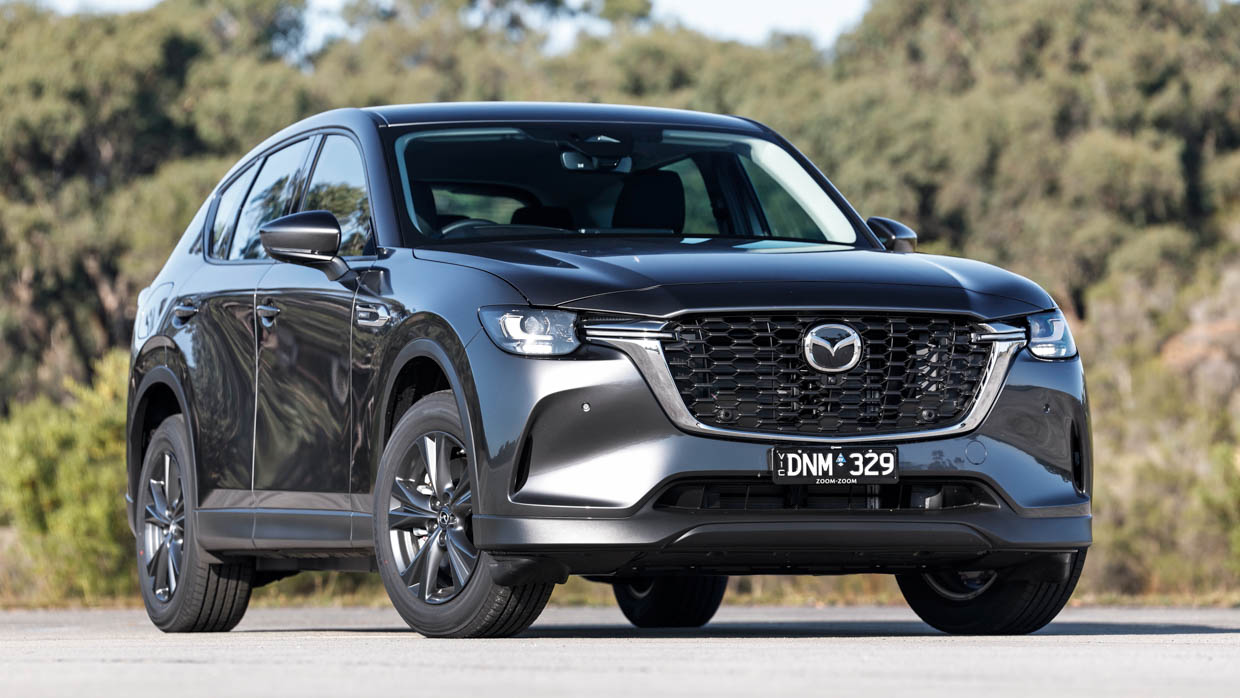
So, have the 2025 changes worked?
Yes—incrementally. It’s another 20 percent improvement for the CX-60. The ride quality remains a touch uncultured but it is acceptable, while the transmission goes unnoticed most of the time. The engines, handling and interior quality continue to sparkle, as ever.
Really, the biggest deal is how much cheaper the CX-60 now is. Mazda has modestly swept away its initial premium positioning, and has now positioned the CX-60 as ‘a lot of car for the money’, with the six-cylinder CX-60 now kicking off from just $53,990 driveaway, while even the plug-in hybrid starts at just $63,290 + ORCs.
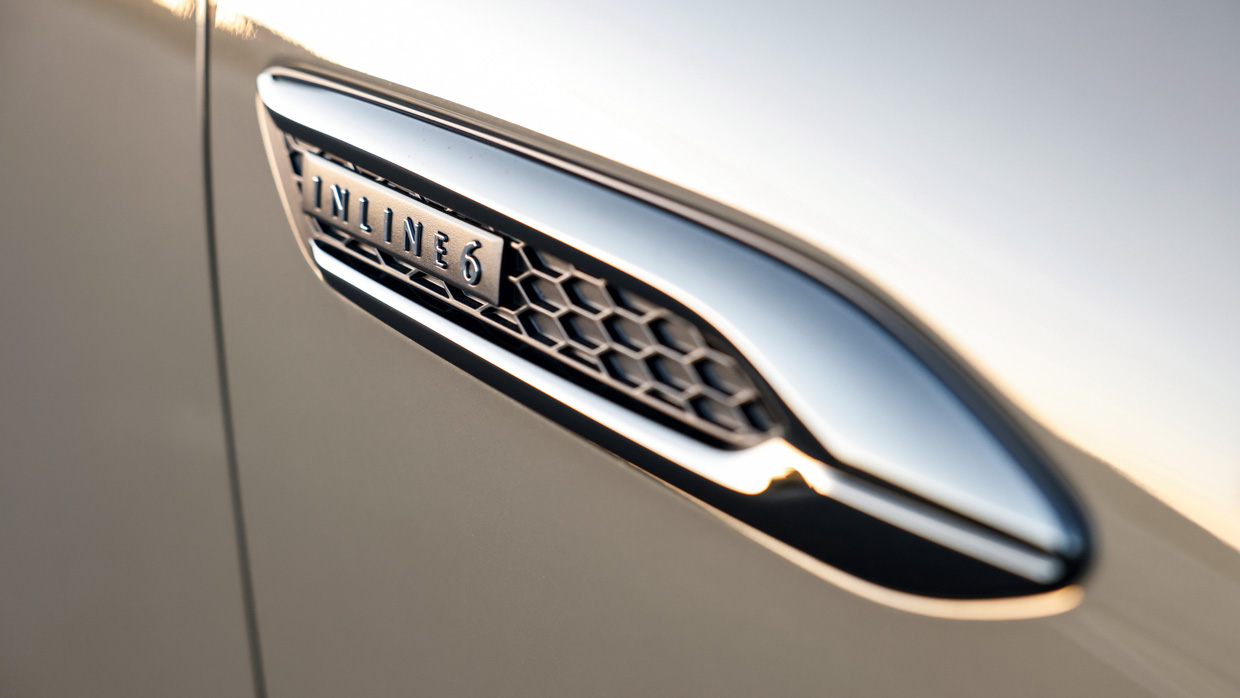
While the ‘Pure’ entry CX-60 is fairly plain, sweet-spots like the Touring (from $58,240) and GT (from $64,240)—all with turbo-six power—mean plusher CX-60 grades is a genuine alternative to smaller four-cylinder SUVs like the Volkswagen Tiguan ($45K-$70K), Toyota RAV4 ($42K-$58K), Kia Sportage ($33K-$55K) and even Mazda’s own CX-5 ($36K-$55K).
By focussing its sights on high-spec versions of those familiar mainstream SUV names, the CX-60 also handily undercuts even the cheapest Euro-luxury midsize crossovers which start around the $74K mark for the Volvo XC60 and Audi Q5, or $86K for the new BMW X3.
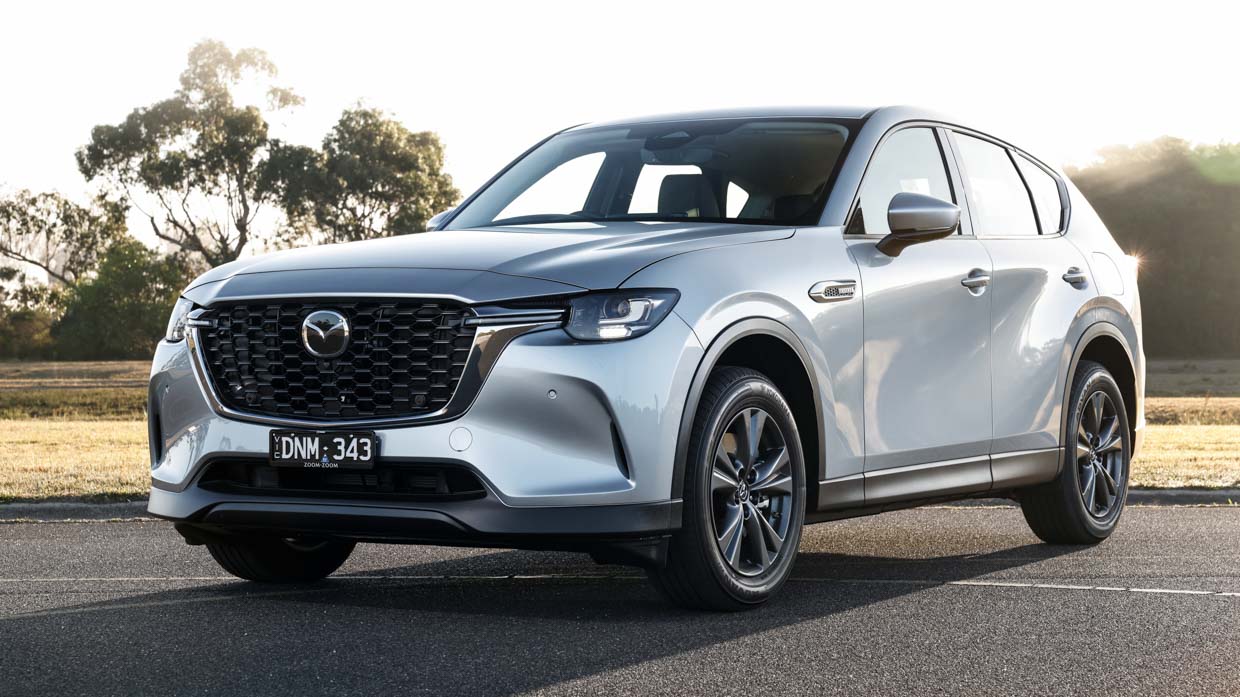
Remember, Mazda wanted to take on those European cars, and the CX-60’s core architecture reflects that: the six-cylinder power, rear bias, and hushed, high-quality interior recall this car’s premium aspirations.
If you are a buyer that is OK with the fact the CX-60 does not quite match the refinement of luxury European SUVs – and you like a big SUV with a big engine – then the repositioned CX-60 represents impressive value for money.
What are the CX-60’s features and options for the price?
The repositioned CX-60 range is based around three engines and five trim grades. Options and complexity has been reduced compared to last year’s version but this is still an expansive lineup. All prices mentioned below are before on-road costs.
First, choose an engine. There are two six-cylinders and one PHEV four-cylinder, while a non-hybrid four-cylinder will be added to the range soon:
- ‘G40e’ 3.3-litre turbo inline six-cylinder mild hybrid petrol (209kW/450Nm): from $50,240
- ‘D50e’ 3.3-litre turbo inline six-cylinder mild hybrid diesel (187kW/550Nm): from $52,240 (+$2000 over petrol six)
- ‘P50e’ 2.5-litre inline four-cylinder PHEV petrol (241kW/500Nm): from $63,290 (+$13,050 over petrol six)
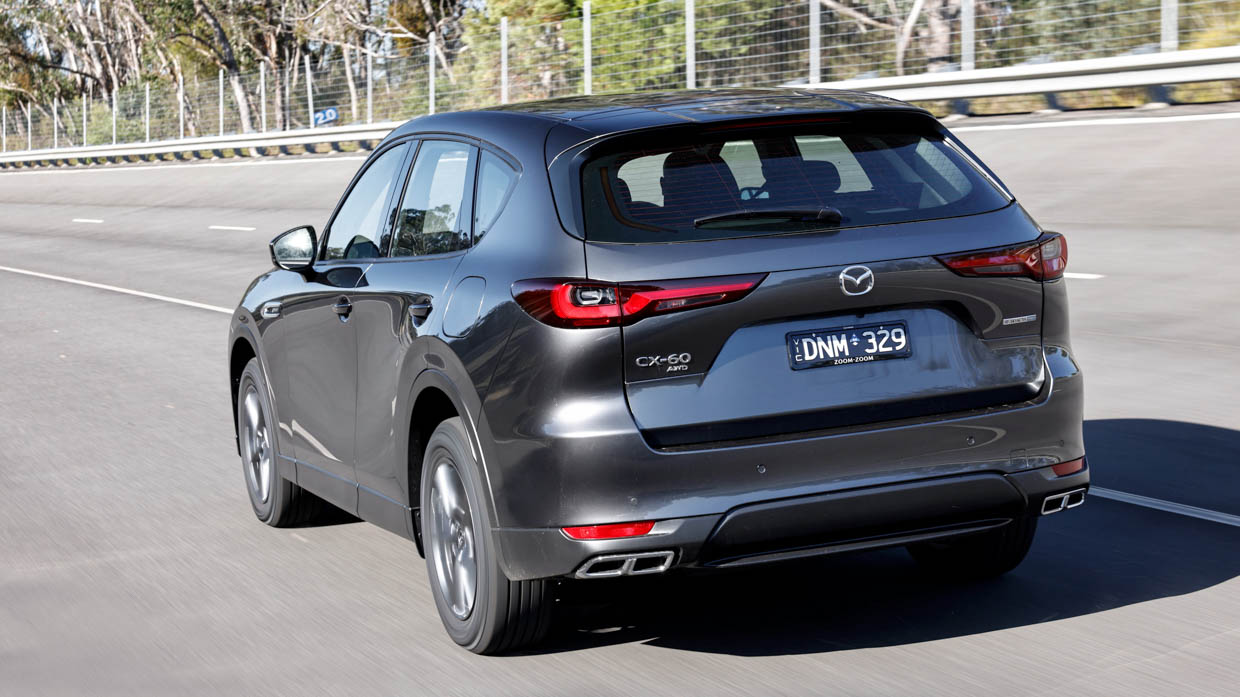
The starting prices of the six-cylinder petrol and diesel are very competitive. The PHEV, on the other hand, is cheaper than before but is a vast impost over the mild hybrid engines.
Second, choose a trim grade. Below, we set out the standard features in each of the five variants.
The CX-60 Pure ($50,240 six-cylinder petrol, $52,240 six-cylinder diesel, $63,290 PHEV) is a new entry-level trim for 2025. The six-cylinders remain standard but the level of interior appointment appears mainly geared to fleet buyers. Inclusions take in:
- 18-inch grey metallic alloy wheels with 235/60 R18 tyres
- All-wheel drive
- Eight-speed automatic transmission
- Black window surrounds
- Automatic LED headlights
- Keyless access to the front doors and boot, push-button start
- Black cloth seat upholstery
- Eight-way manually-adjustable driver’s seat
- Leather steering wheel
- 10.25-inch Mazda Connect touchscreen
- 7.0-inch (I6 engines) or 12.3-inch (PHEV) digital instrument cluster
- Eight-speaker stereo
- USB-C charge ports
- Wireless and wired Apple CarPlay
- Wireless and wired Android Auto
- Dual-zone climate control air conditioning with rear air vents
- Front and rear parking sensors
- Reversing camera
- 58-litre fuel tank
- Space-saver spare wheel (I6 engines)
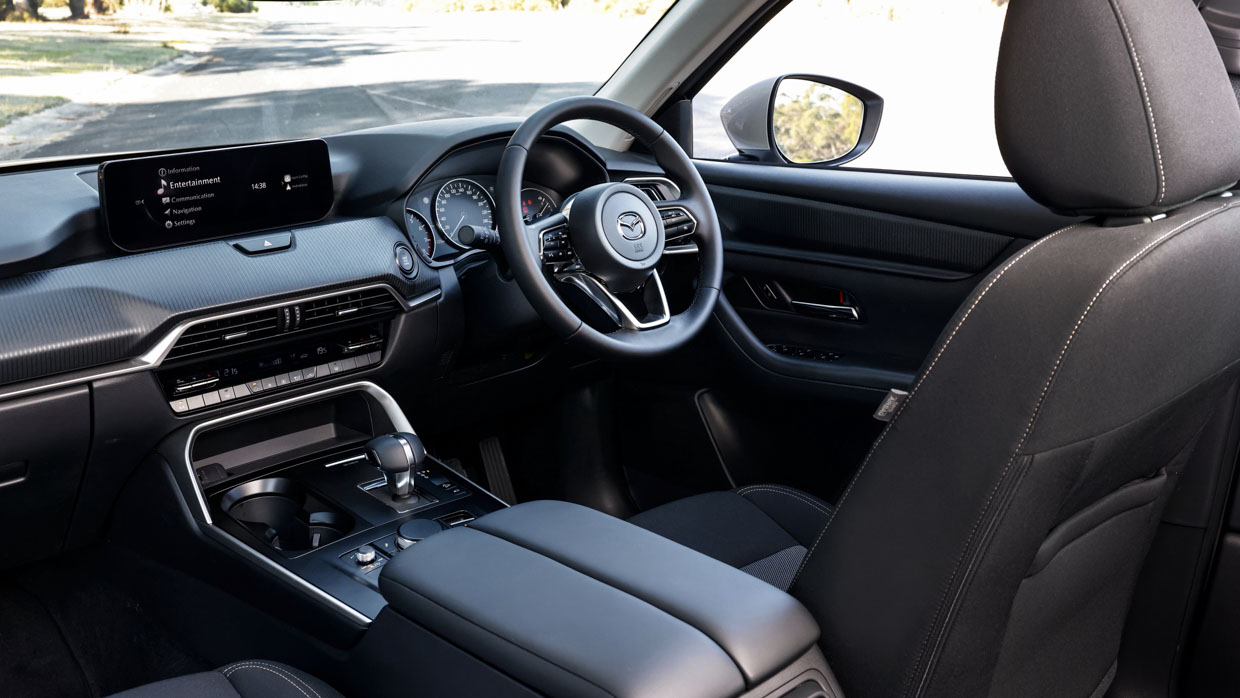
It costs $5000 to step up to the CX-60 Evolve trim ($55,240 six-cylinder petrol, $57,240 six-cylinder diesel, $68,290 PHEV), which adds the following features:
- Black Maztex (artificial leather) seat upholstery
- 12.3-inch digital instrument cluster (across the range)
- Wireless device charger
- 360-degree parking camera
- Power tailgate
The next upgrade is $3000 to the CX-60 Touring ($58,240 six-cylinder petrol, $60,240 six-cylinder diesel, $71,290 PHEV), which is a new grade for 2025. For that additional outlay, Touring adds some interior luxury while retaining the cushier 18-inch wheels:
- Black leather seat upholstery
- Heated front seats
- Eight-way power-adjustable front seats with driver’s memory
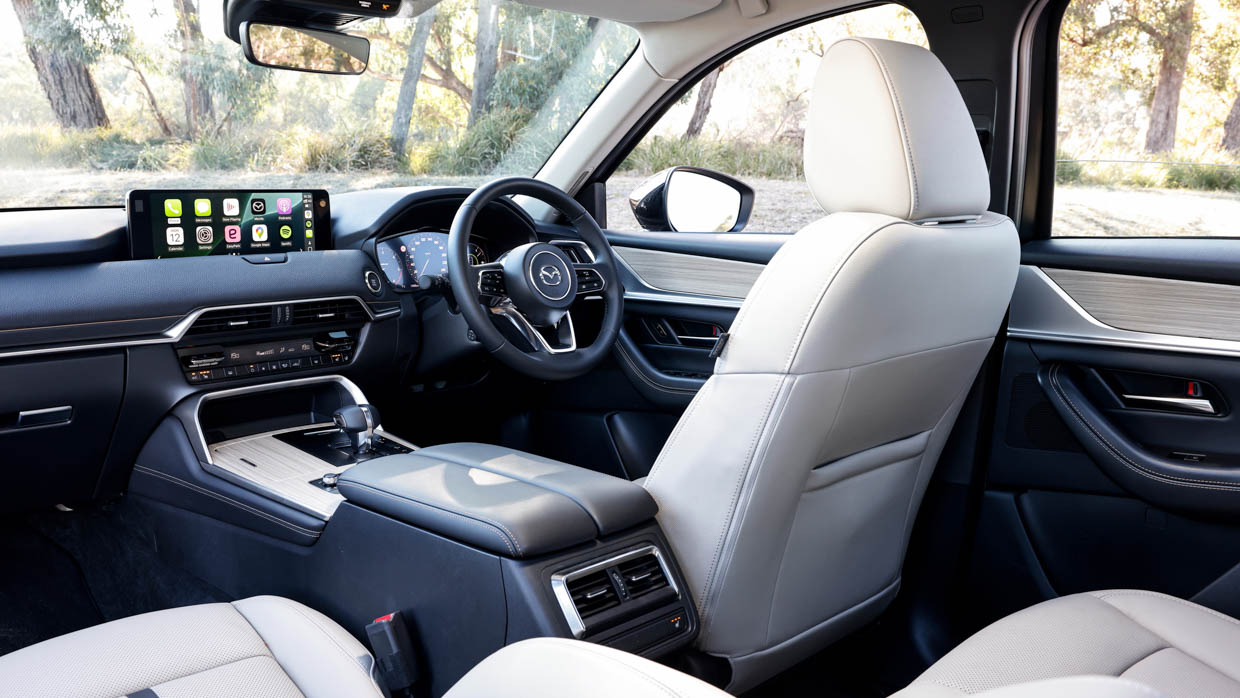
After Touring, the cosmetic appearance of the CX-60 is stepped up, with larger alloys and body-coloured cladding. An extra $6000 slots buyers into the CX-60 GT ($64,240 six-cylinder petrol, $66,240 six-cylinder diesel, $77,290 PHEV), which gains:
- 20-inch black alloy wheels with 235/50 R20 tyres
- Exterior black pack
- Adaptive LED headlights
- Panoramic opening glass sunroof
- Body-coloured wheel arches and lower cladding
- No-cost option of Revera Stone (beige) leather seat upholstery
- 12-speaker Bose stereo
- 12.3-inch Mazda Connect touchscreen
- Power steering wheel adjustment
- Heated rear seats
- Hands-free function for the power tailgate
A final $4200 ascent into the CX-60 Azami ($68,440 six-cylinder petrol, $70,440 six-cylinder diesel, $81,490 PHEV) purchases the following items:
- 20-inch black and machined silver alloy wheels
- Bright exterior trim
- Black nappa leather seat upholstery
- Ventilated front seats
- Extended leather door trim
The Azami can be personalised via packages—each priced at $2000. The Takumi package extends the bright aesthetic, with pure white nappa leather seat upholstery, a stitched cloth dashboard panel and white maple wood interior trim. The SP package darkens the theme with tan nappa leather, suede trim, black wheels, and an extended exterior black pack.
Eight exterior colours are available: Sonic Silver Metallic, Platinum Quartz Metallic, Deep Crystal Blue Mica and Jet Black Mica are all included in the price of the CX-60, while premium hues Rhodium White Metallic, Soul Red Crystal Mica, Machine Grey Metallic and the new Zircon Sand Metallic attract a $995 upcharge.
The Touring and GT specifications strike us as the clear sweet spots in the range, equipped with either of the six-cylinder engines—though the diesel is stronger and considerably more economical in the real world.
What’s missing? No CX-60 has full connectivity in Australia (or access to the MyMazda smartphone companion app) as yet, so air conditioning cannot be activated from your phone, while luxuries occasionally found elsewhere like massaging seats or built-in rear sunshades are unavailable.
How does the CX-60 drive?
There is no question that the latest iteration of the CX-60 is better to drive with holistically more comfortable suspension and smoother transmission operation, while still delivering good power and sporty handling.
The CX-60’s ride quality is certainly competitive with the top-spec mainstream SUVs it is priced similarly to, even if it is not the match of the likes of a BMW X3 on adaptive dampers or even a Volvo XC60 on that car’s passive suspension.
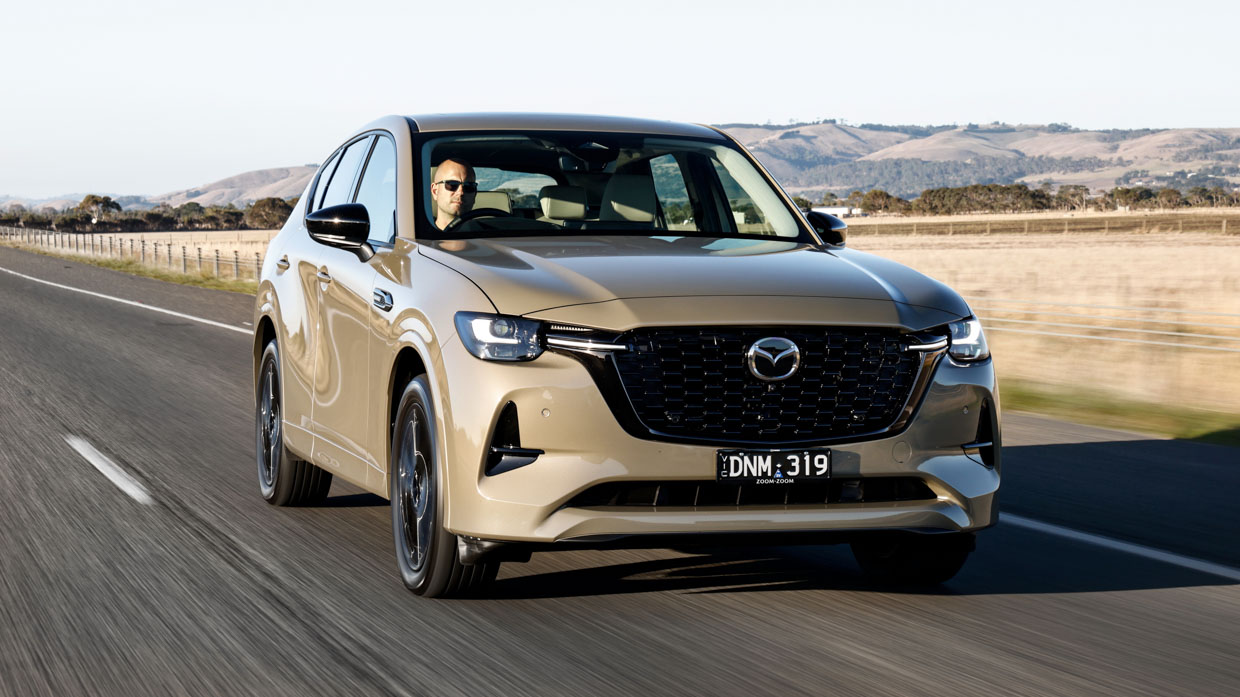
While Mazda is particularly proud of the extent of its 2025 changes, the bigger fix was arguably delivered in 2024 with revised rear shock absorbers, which eliminated the 2023 CX-60’s alarming vertical pitching and pogoing—its biggest dynamic vice when new.
While the 2024 fix largely calmed the up/down porpoise feel, this year’s changes are about wholly softening the way the CX-60 strikes bumps while also relaxing its previously tightly-wound body control in the corners.
To that end, Mazda has revised the spring rates front and rear, altered the geometry of various suspension knuckles, and also removed the rear anti-roll bar—the latter the largest and most controversial change.
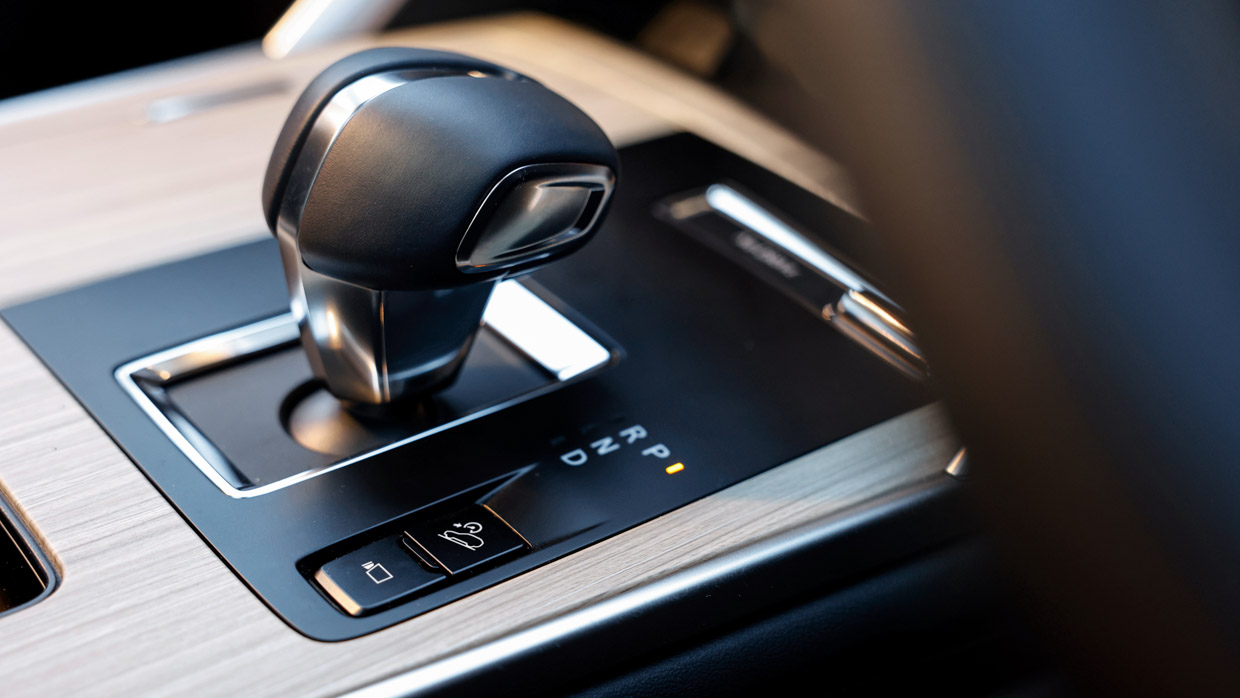
As a result, the CX-60’s cornering attitude is marginally less focussed, though this SUV remains a sportier and more entertaining drive than most crossovers in the bends. The softer front suspension tuning has also reduced terseness over square-edged bumps.
We’d now say the CX-60 rides 50 percent better than when it was new—admittedly off a fairly uncultured baseline. The current ride quality is not perfect, and there is still the occasional jarring moment as the front dampers run out of compliance over an expansion joint, but it’s all quite bearable.
That said, Mazda’s generosity in retrofitting suspension upgrades for existing owners has now run out. Original owners received the 2024 damper swap free of charge but the 2025 changes are more extensive and will not be fitted to existing cars. It’s a running change.
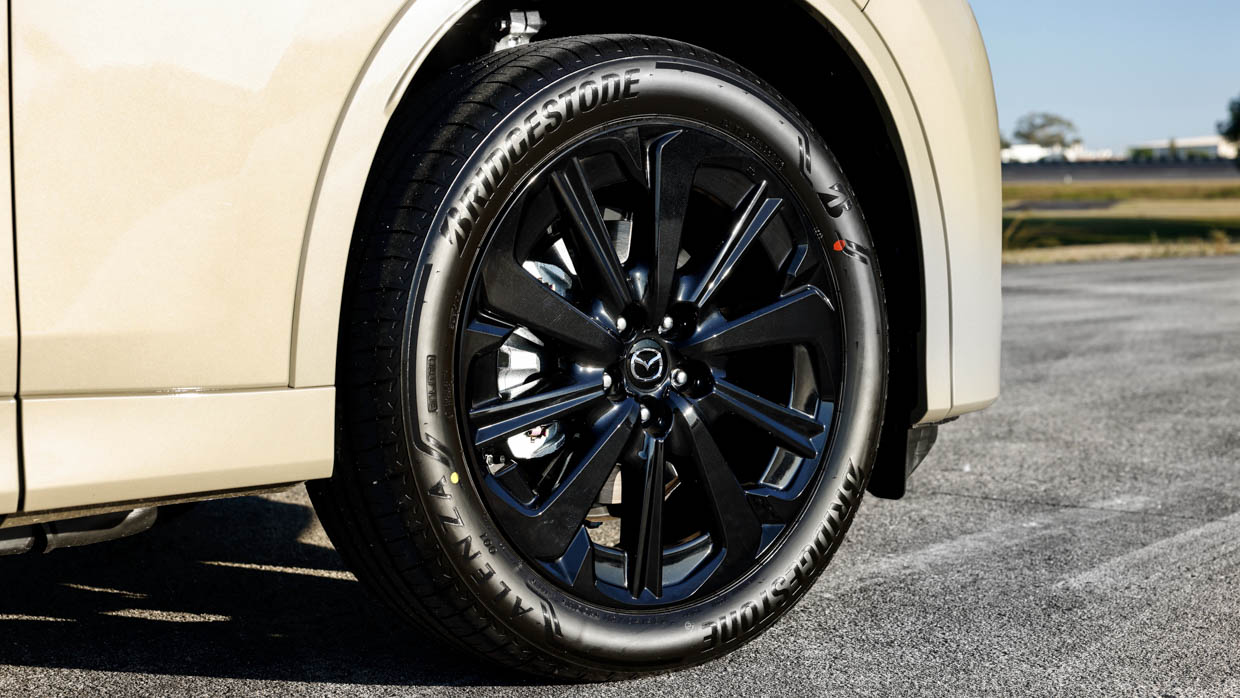
Mazda now feels its CX-60 ride and handling nightmare is over. Avoiding this situation in future is now the priority, and to that end, there are various strategies in place. The first is more detailed customer research to properly understand the feel buyers want in cars like this.
Secondly, Mazda is now considering adaptive dampers for future vehicles. The brand has decided against them in the past, preferring one ‘good’ ride tune favoured by engineers.
There is still a diehard group of Mazda chassis gurus that prefer the original tune – which, with adaptive damping, could form a future ‘sport’ setting with the cushier 2025 setup becoming a ‘comfort’ mode.
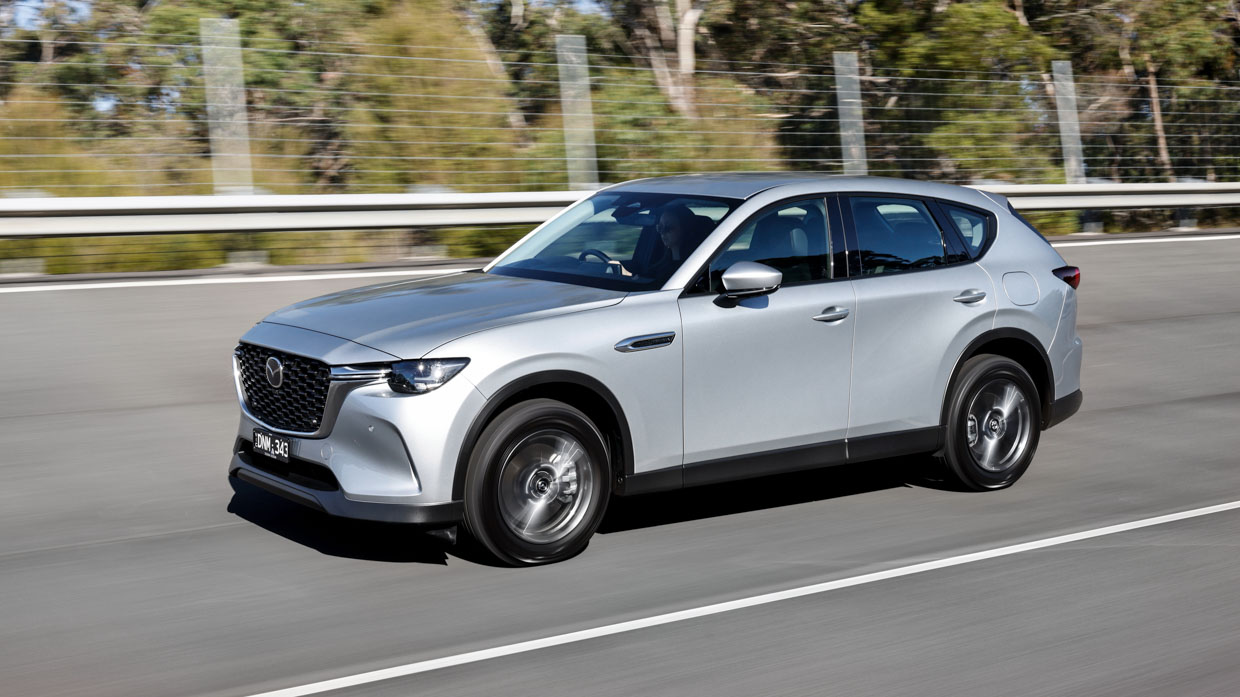
We hope Mazda doesn’t fall for making too many steering modes available to customers, though, because steering feel is one thing the engineers got right in the CX-60 from the get-go.
A little heavier than most SUVs, the steering rack has an intuitive ratio that delivers great road feel, delivered through a lush, thin-rimmed leather tiller.
The handling posture of the CX-60 remains one of light oversteer when pushed on (which we like) while inherent balance to this chassis makes the Mazda quite brisk and rewarding to drive quickly on a country road, especially as the suspension is no longer trying to chuck you off it.
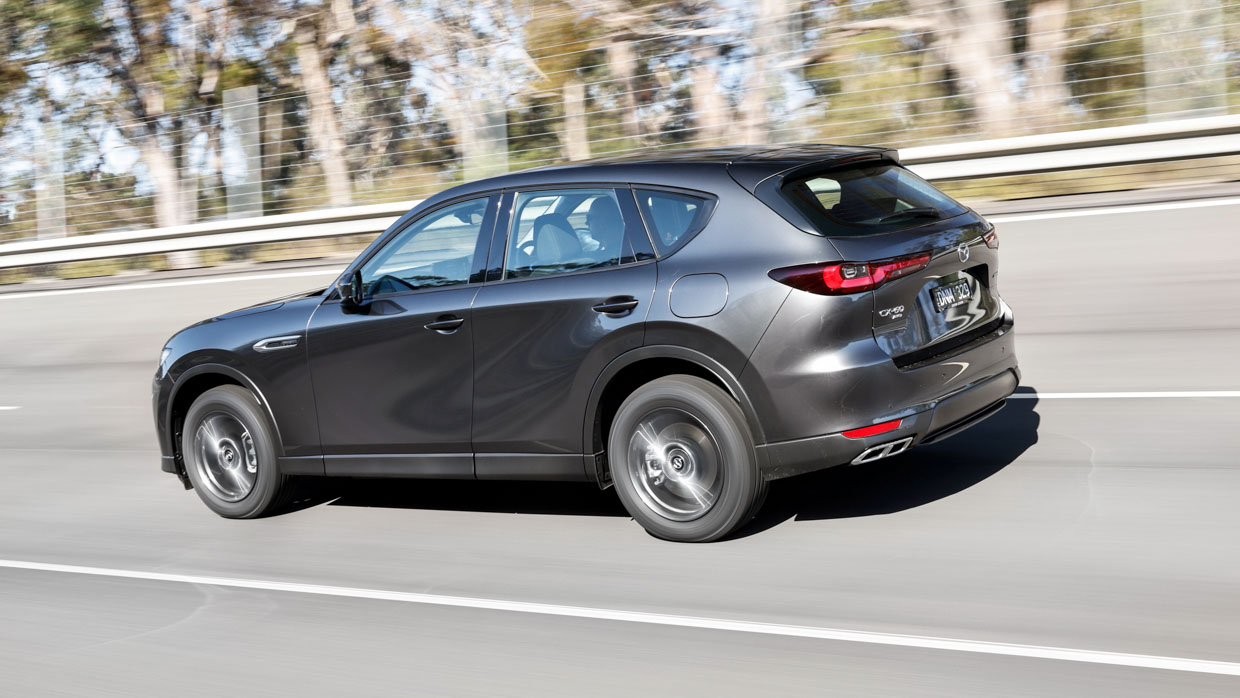
Aside from steering, the other clear highlight to the dynamics remains the six-cylinder powertrains. Both 3.3-litre units are solid, with the powerful 209kW petrol making a good (but cabin-enhanced) sound and generally feeling flexible beyond piddly turbo four-cylinders found in midsize rivals.
But the girthy turbo diesel ‘six reminds us of why big oilers are such a good fit for Australia. It delivers mile-munching efficiency and fuel range (of about 1000km) with superb low-end torque. The CX-60 diesel is just so driveable.

By comparison, the PHEV still feels like a fish out of water. With a full battery charge it’s quite convincing, but the matchup between four-cylinder petrol, transmission-mounted electric motor and the eight-speed auto itself remains a troubled and clunky marriage.
When the PHEV’s traction battery is dead you’re left with a modestly powered petrol pulling the hybrid’s relatively lardy 2111kg weight (+150kg on the diesel, thanks to the battery). That makes us a little worried for the incoming non-hybrid, probably non-turbo four-cylinder petrol base engine, which will be even slower.
What is the CX-60’s interior and tech like?
A major upside to the initial premium positioning of the CX-60 is that its interior was built to rival the Audis and BMWs of the world– and that remains the case now, with cabin hushness and build quality well beyond many mainstream rivals.
Given the reduced costs of the 2025 model, CX-60 buyers in Australia are benefitting from an interior that is much better than the price suggests.

That said, while the core build quality is superb across the range (no rattles or squeaks in any of the test cars we’ve driven), there are some traps. You will want to opt for a Touring, GT or Azami trim to make the CX-60 feel as special as it should.
While the CX-60 Pure looks very temping at its $53,990 driveaway launch price, hard door skins, manually-adjustable cloth seats and smaller screens than the other variants reek of cost-cutting…because that’s precisely what has happened!
Evolve steps up to what we’d consider the bare minimum when spending more than $50K: artificial leather, a power tailgate, 360-degree camera and bigger screens, but while the front seats themselves are comfy and supportive, families sharing the big Mazda might be vexed by the manual driver’s seat.
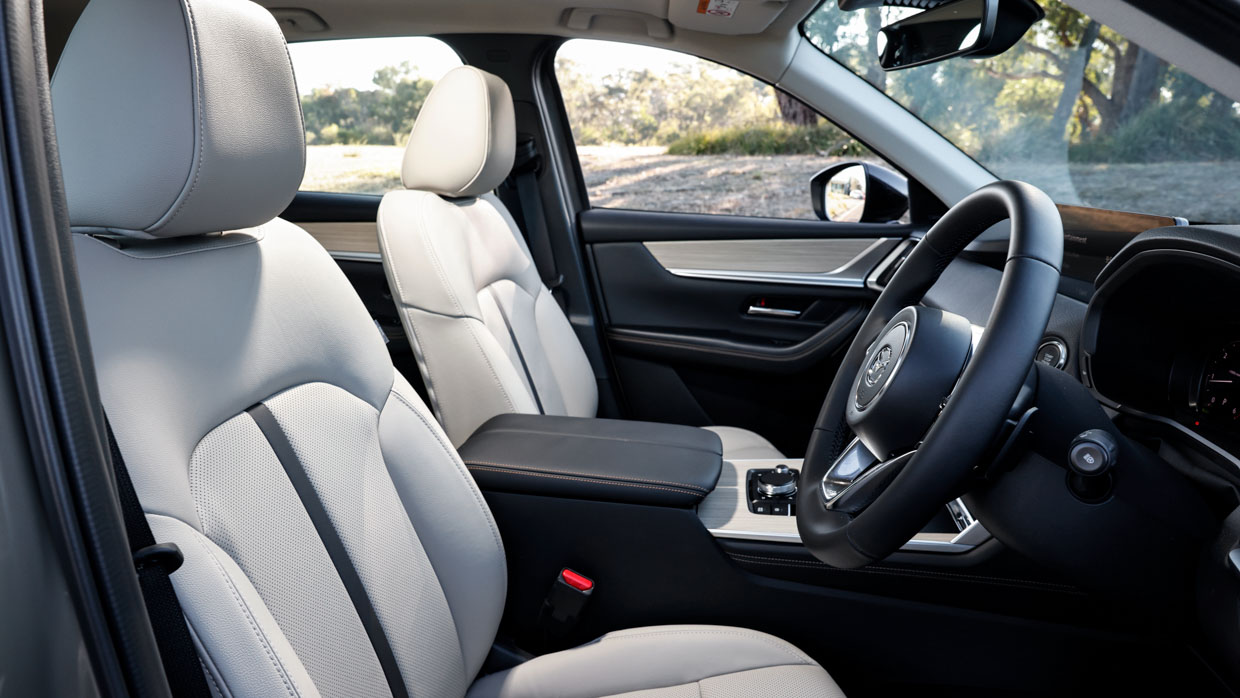
Touring, which retains the Pure and Evolve’s country touring-spec high-profile tyres, solves the everyday usability problem by adding front seat electric adjustment—crucially with driver’s memory, so two people sharing piloting duties can quickly resume their preferred positions.
The front seats also gain real leather, and heating—nice in winter.
GT gets 20-inch wheels which don’t ride as well but everything else steps up bigtime: a crisp and clear Bose stereo, big panoramic opening sunroof, power-adjustable memory-linked steering column, larger 12-inch touchscreen and heated rear seats catapult the CX-60 into properly premium family car territory.
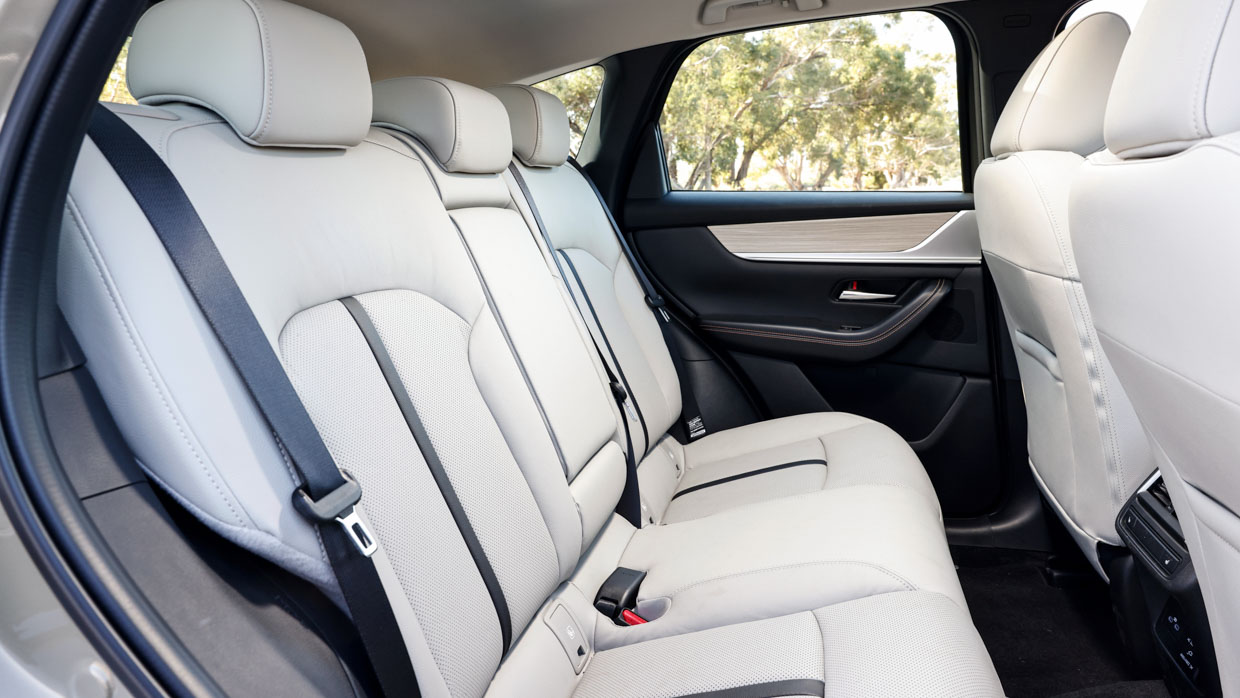
In fact, you no longer need the posh Azami, we don’t think. While nappa leather and cooled front seats are nice-to-haves, the circa-$70K driveaway GT represents a great blend of value for money and luxe-SUV appointments.
So many new cars we review go backwards compared to older vehicles in both quality and usability: the CX-60 simply isn’t one of them. As mentioned, these SUVs are built properly, but they are also intuitive to use, with hard buttons retained for key media and climate functions—including a rotary dial to help control the central screen on bumpy roads.
Wireless smartphone connectivity (both CarPlay and Android Auto) works flawlessly although we wish the Mazda’s digital instrument cluster had greater customisation. Storage up front is also a bit on the thin side for such a large and wide vehicle.
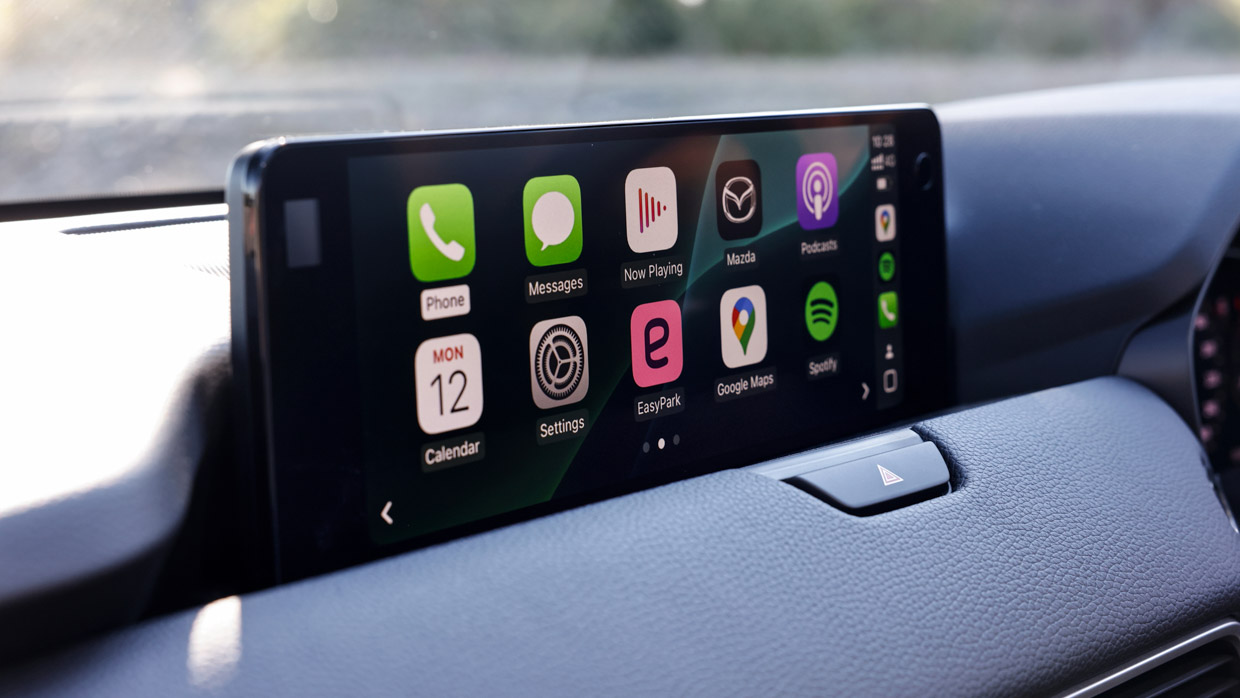
The back seats are where families gain a lot compared to the surprisingly tight CX-5. Legroom, toe room and headroom are all sufficient for six-footers; most trims carry soft touch materials to the back while air vents, USB-C ports and even a household power socket all make road tripping easy.
Mazdas often come up a little short in boot space and so does the CX-60, but while the 477-litre cargo area falls shy of some rival midsizers, it is a fairly usable space. Niceties like side netting, remote releases for the 40/20/40 folding rear seats and a space saver spare wheel add to the equation.
Is the CX-60 a safe car?
Yes—the Mazda CX-60 received a full five-star rating from ANCAP, Australia’s car safety and crash testing body. ANCAP translated the CX-60’s crash test results conducted by Euro NCAP in 2022. The five star result comprised the following scores:
- 91 percent for adult occupant protection (34.82 out of 38 points)
- 93 percent for child occupant protection (46.00 out of 49 points)
- 89 percent for vulnerable road user (pedestrian and cyclist) protection (48.18 out of 54 points)
- 77 percent for safety assist technology (12.32 out of 16 points)
The CX-60 utilises Mazda’s ‘triple H’ chassis design, which remains unchanged for 2025. The tuning of the CX-60’s various safety features is also unchanged for this year, though a number of safety features have trickled down to lower grades.
- Touring, Evolve and GT gain a 360-degree parking camera, driver monitoring, front cross traffic alert, and Cruising and Traffic Support (strong adaptive cruise control and lane centring tech)—all were previously exclusive to the Azami
- The GT gains adaptive LED headlights, previously exclusive to the Azami

Standard safety technology across the CX-60 range includes:
- Autonomous emergency braking (AEB) that operates at city and high speeds, and detects cars, pedestrians and cyclists
- Junction AEB
- Lane keeping assist
- Blind spot monitoring
- Front and rear parking sensors
- Reversing camera
- Traffic sign recognition
- Tyre pressure monitoring
Mazda’s tuning of the CX-60’s adaptive safety features is on the subtle side, and this does not appear to have changed for 2025. In our testing, the adaptive cruise control worked well enough—but the lane keeping is weak in its standard mode—although it can be bolstered when placed in Cruising and Traffic Support mode.
Variants equipped with a 360-degree camera are easier to park, but the CX-60 would benefit from blind spot monitoring cameras like those seen on Hyundai and Kia products.
What are the CX-60’s ownership costs?
The CX-60’s ownership costs differ depending on the powertrain you choose—and, in the case of the PHEV, how you choose to fuel your car. The six-cylinder engines are the simplest to understand. The petrol and diesel are mild hybrid engines but they are conventionally fuelled.
The 3.3-litre petrol is rated for a combined 7.4L/100km and in our testing uses around 10.0L/100km, while the 3.3-litre diesel is rated for 5.0L/100km and in reality, uses about 6.5L/100km.
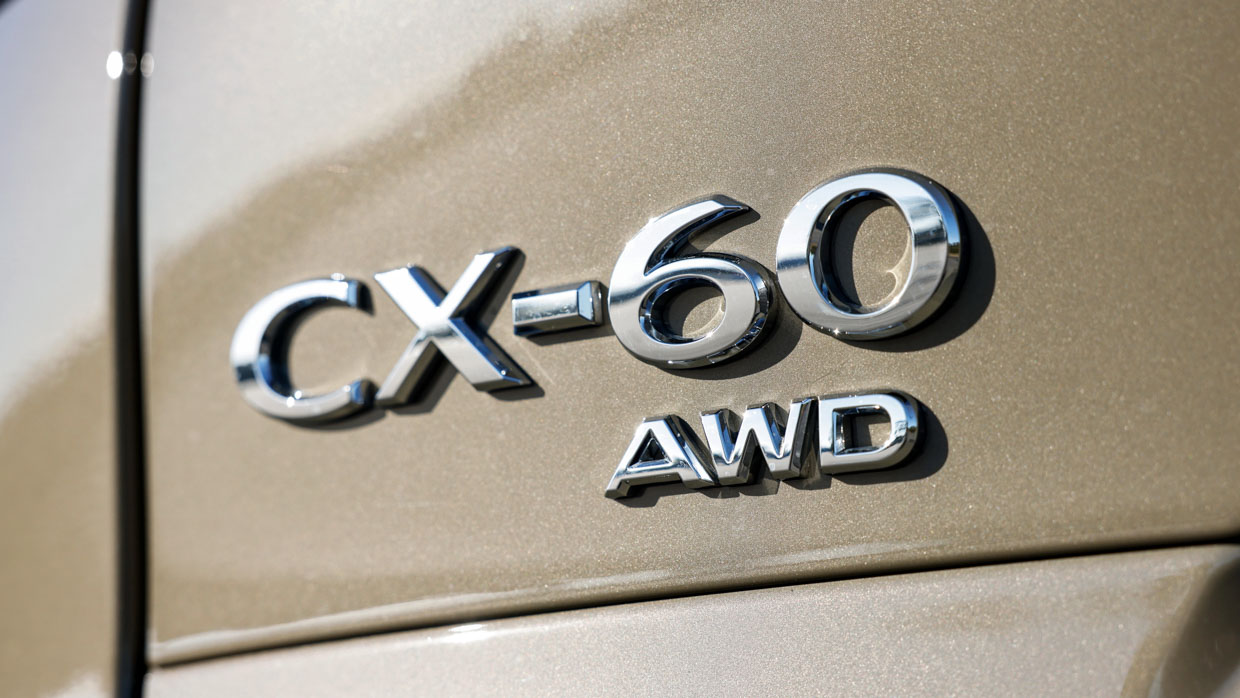
For an average Australian who drives around 15,000km per year, the petrol would cost $3000 in fuel while the diesel would set you back around $2000—meaning the $2000 upcharge for the diesel would pay for itself in about two years.
Meanwhile, the PHEV is officially rated to use 2.1L/100km, but Australia’s fuel consumption rating system fails to properly explain how PHEVs work.
If you charge up the PHEV’s 17.8kWh usable battery (which takes around 2.5 hours from a wallbox or overnight from a regular power socket), the CX-60 can deliver about 50km of electric range in the real world.
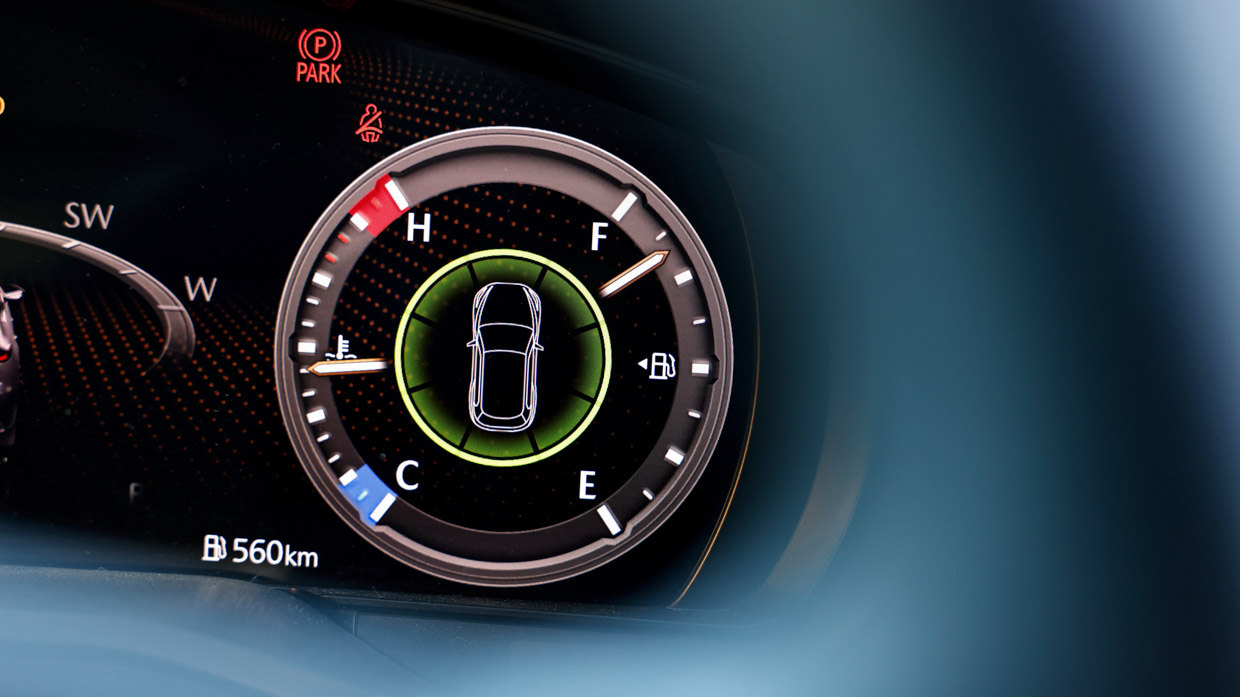
Once the hybrid battery is exhausted, you’re looking at 8.0L/100km-11.0L/100km depending on how intensely you drive the vehicle.
In other words, buyers who can keep the CX-60’s battery topped up (particularly if they have cheap electricity tariffs or available household solar) the PHEV can be very cheap to run indeed.
That said, the major financial benefit to purchasing a PHEV in Australia was previously the waiver of fringe benefits tax on novated leases. However, this scheme has now closed to new PHEV buyers and is available only for purchases of battery EVs moving forward.
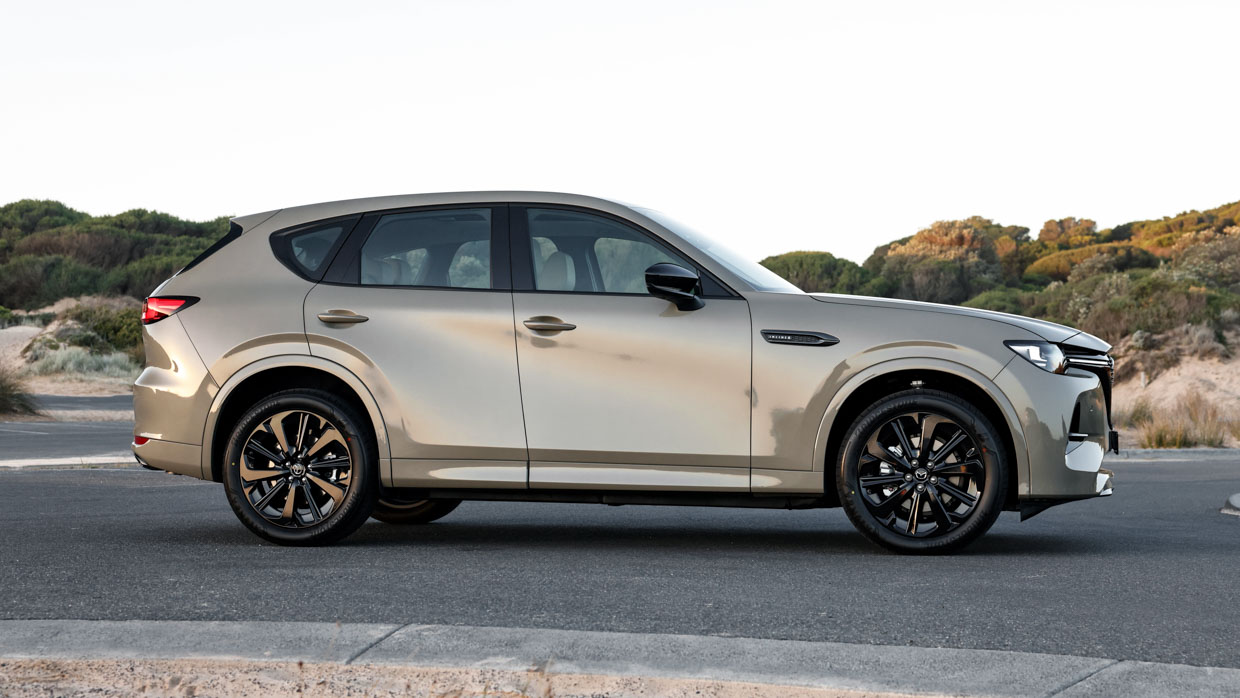
Warranty for the CX-60 is five years with unlimited kilometres—Mazda’s standard arrangement.
Mazda offers a capped price servicing program for the CX-60 that extends out to seven years. Service pricing was previously hefty at around $3360 total over the first five years. We are confirming whether any changes have been made to maintenance costs.
The honest verdict on the CX-60
It is safe to say that the launch of Mazda’s large SUVs—including the CX-60—did not go according to plan. It is not normal or desirable for Mazda to have needed to update the CX-60 twice since its 2023 local launch, while also deeply cutting prices.
That said, the winner is the new SUV buyer. Australians are now presented with a better CX-60 than ever—an SUV originally intended to compete against luxury rivals and which packs an interior that is quieter, better-built and easier to live with than many mainstream vehicles that are barely cheaper than it.
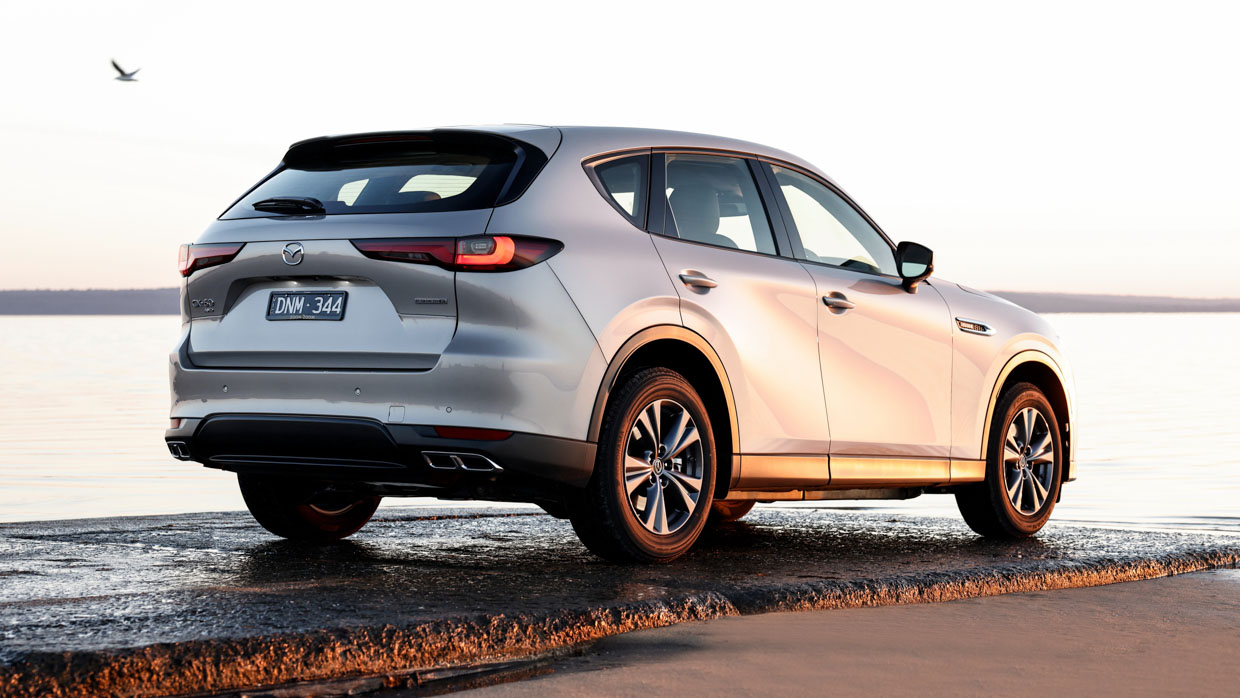
Then there are the two impressive six-cylinder engines which provide grunt well in excess of SUVs that Aussie families might have been considering, while there remains a PHEV for those who want such a powertrain.
While this Mazda still isn’t perfect—the ride could still be more refined, and we’d like to see features like remote climate and other online connectivity added—the CX-60 is a lot of car for the money. Considerably sharper pricing is the icing on the cake.
The ambitious push to Mazda Premium might have been tempered by fickle customers, particularly in Australia, but what remains is great value for money in the CX-60 for those that want an SUV that is bigger, gruntier and more special than many midsize alternatives.
Overall rating
Overall rating
7.5
Drivability
7.0
Interior
7.5
Running costs
Average
Chasing more CX-60?
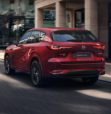
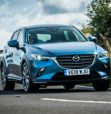
Often compared with
Haval Raptor PHEV 2025 review: international first drive
5 months ago

High ground clearance, AWD, rear diff lock and over 100km battery-only range, the Raptor could offer competition to Subaru’s Forester.
Good points
- Tough, chunky good looks
- 221mm ground clearance
- Locking rear diff
- Roomy cabin
- 100km+ EV range claim
- Gusty hybrid powertrain
Needs work
- Very short test drive
- Hard cabin plastics
- PHEV kit compromises boot space
- Very light steering
- Is there space in GWM’s line-up?
The Haval Raptor – a potential vehicle for Australia – is an intriguing inbetweener SUV.
It boasts moderate off-road clout with all-wheel-drive, high 221mm ground clearance, rear diff lock and chunky styling, but won’t be climbing mountains due to no ladder frame chassis nor low range transfer case.
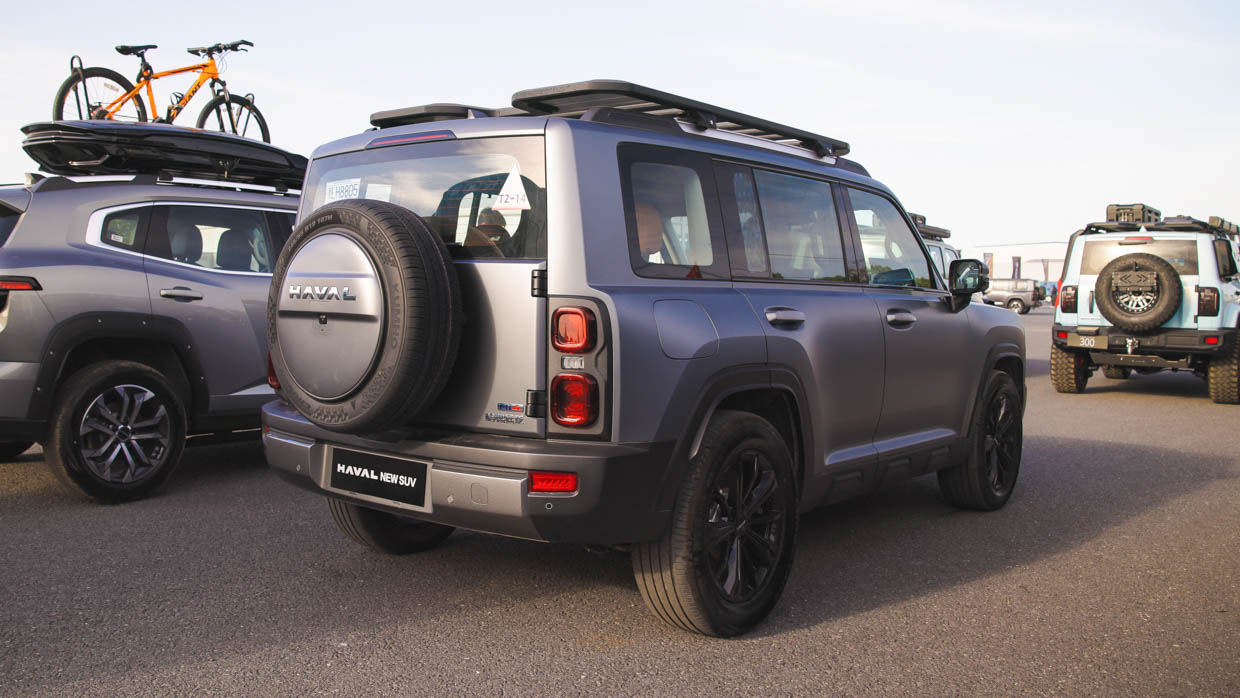
We were able to poke around and through this boxy medium SUV during our trip to China for the Shanghai motor show, with the wider GWM team saying the model was under consideration for us. We had a brief test drive, although were able to learn very little in a car park for 30 seconds of through-the-cones shenanigans.
On first taste, the Raptor – it would have to change its name to an ‘H’ number to avoid Ford Australia’s wrath – could be a bit of a winner for Aussie buyers.
This Haval is a step above normal soft roaders, nudging into the space where basically only Subaru plays with its very capable Outback, Forester and Crosstrek SUVs.
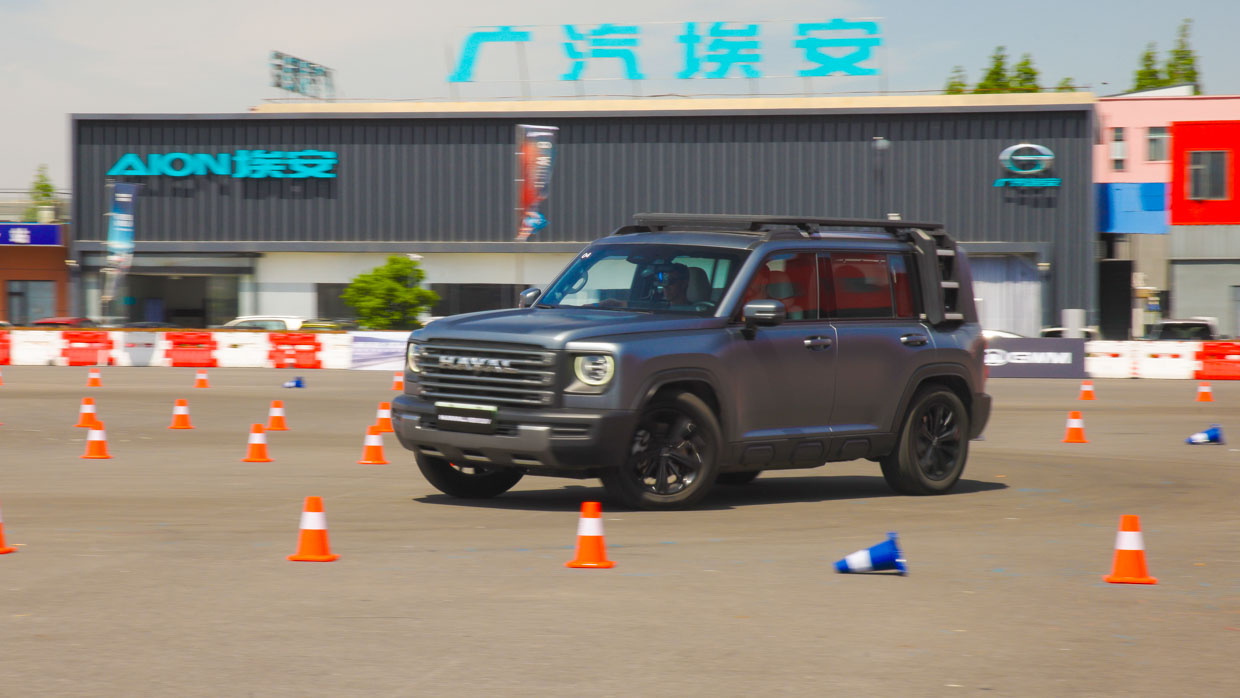
Many Aussie buyers want off-road skills to handle mud, snow, hard sand and rocky paths – enough to reach remote camp sites or surf spots without getting bogged or smashing up the underside– but don’t want or need hardcore 4×4 abilities.
Body-on-frame 4x4s – think Ford Everest, Isuzu MU-X, Toyota Prado and dual-cab utes – are heavier, cost more to run and service and, important one this, are compromised on-road vehicles.
Monocoque SUVs, like this Raptor and the aforementioned Subarus, are far more car-like to live with as their underpinnings aren’t designed to carry or tow massive weights, nor need to articulate over perilous terrain.
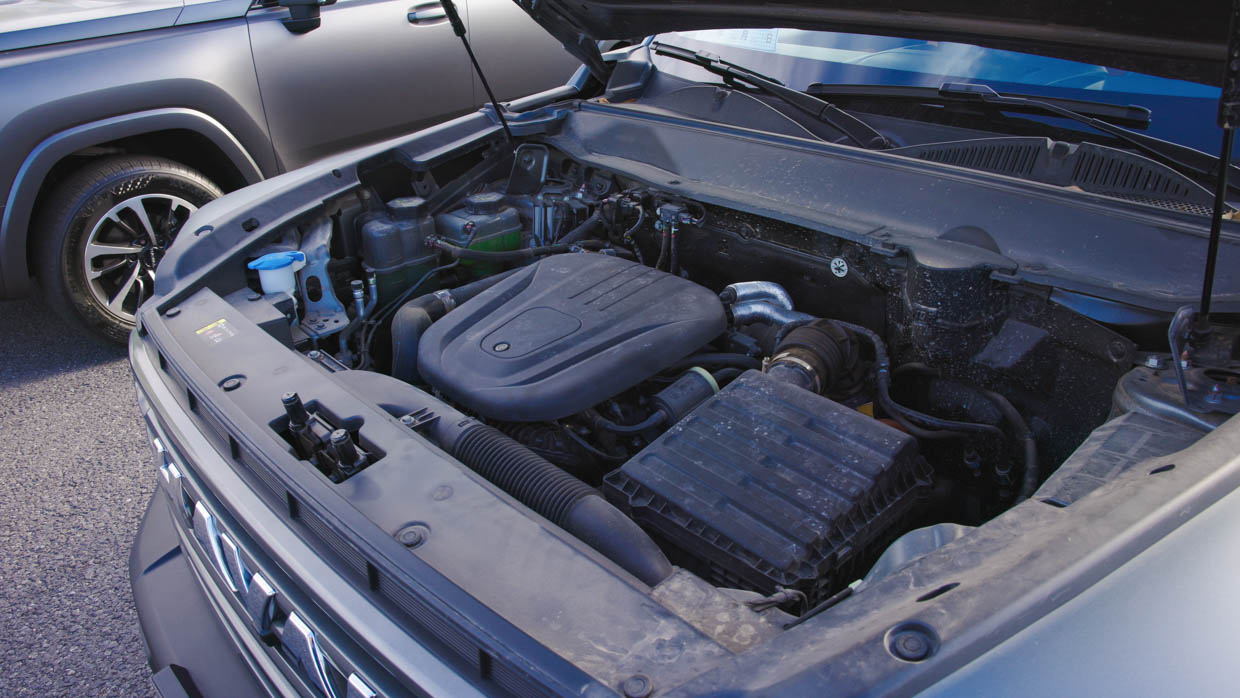
The Raptor’s roughly the same size as Haval’s current H6 midsize SUV (from $33,900), and seemingly only available as a plug-in hybrid.
GWM will need such powertrains in its line-up to respond to increasingly strict emissions requirements (NVES), as its only current full electric offering, the Ora EV, is selling poorly.
It has a 1.5-litre turbocharged four-cylinder petrol engine with dual electric motors and 27kWh battery. Quoted figures are 282kW and 750Nm, which seems high, but our drive proved the powertrain certainly had guts. The 0-100km/h sprint is quoted at 6.2 seconds, which is hot hatch territory.
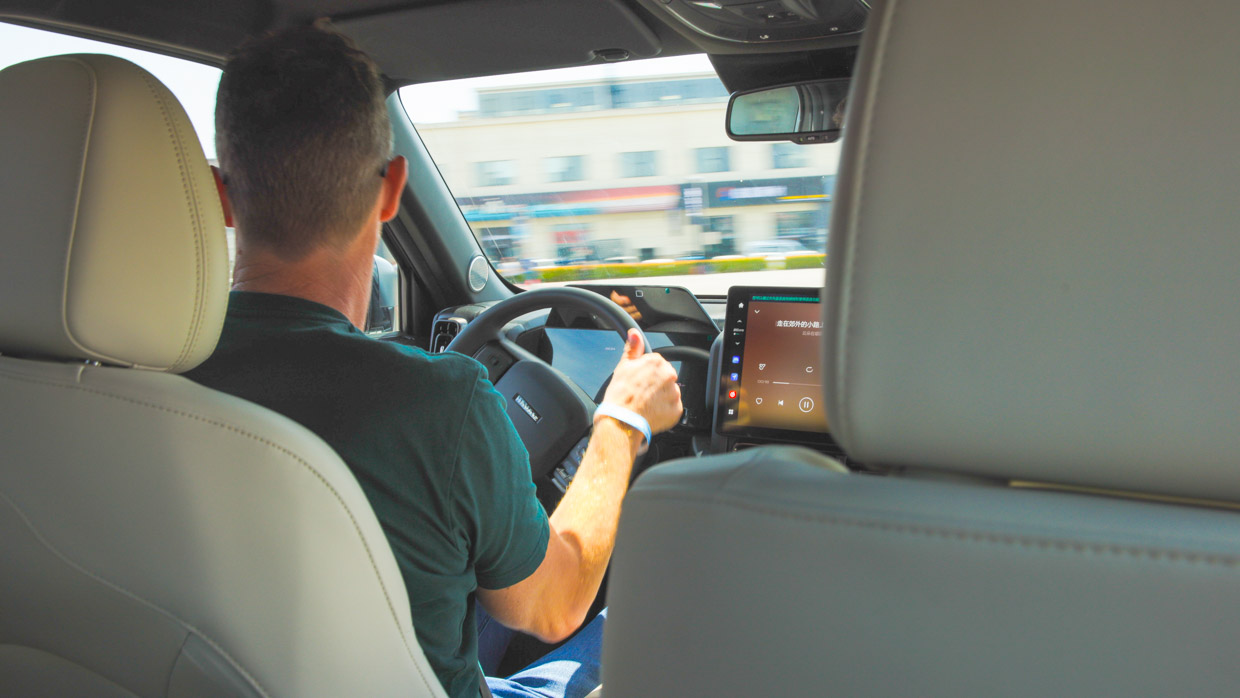
Chinese rival BYD also employs a 1.5-litre turbo petrol in its Shark 6 plug-in ute. With 321kW and 650Nm it hits 100km/h in under six seconds, despite weighing 2700kg. You’d fancy the Haval Raptor to weigh a solid chunk less, so you could argue its performance should ace the big Shark’s.
Other important numbers are a promised electric-only range of over 100km, and a total range greater than 1000km with the petrol fuel tank.
Price? From the Chinese Yuan it translates to roughly $40,000 in our money, and if Haval could flog it here for close to that it’d raise serious eyebrows. The brand currently sells its high-spec H6 GT plug-in hybrid for $55,990 drive-away.
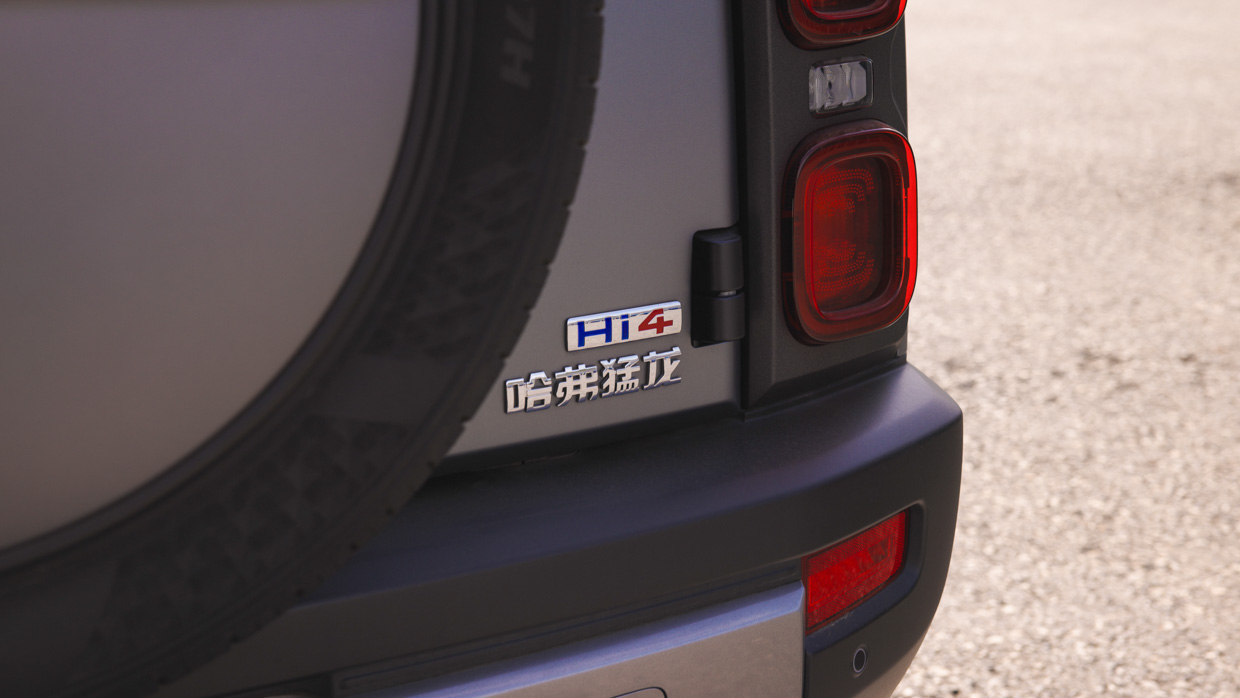
But rivals from within may curb GWM’s enthusiasm to bring it to Australia.
The handsome Haval H7 2WD medium SUV goes on sale in Australia in the third quarter of 2025, it being a conventional (not plug-in) hybrid with boxy styling. Then there’s the ladder frame Tank 300 mid-sizer – it’s a proper low-range-equipped 4×4.
But that brings us back to this all-paw Raptor being a compelling inbetweener. More off-road ability than a Haval H7 but will ride better and isn’t as hardcore as a Tank 300. If it’s all about customer choice, this boxy Raptor looks to bring enough uniqueness to the party.
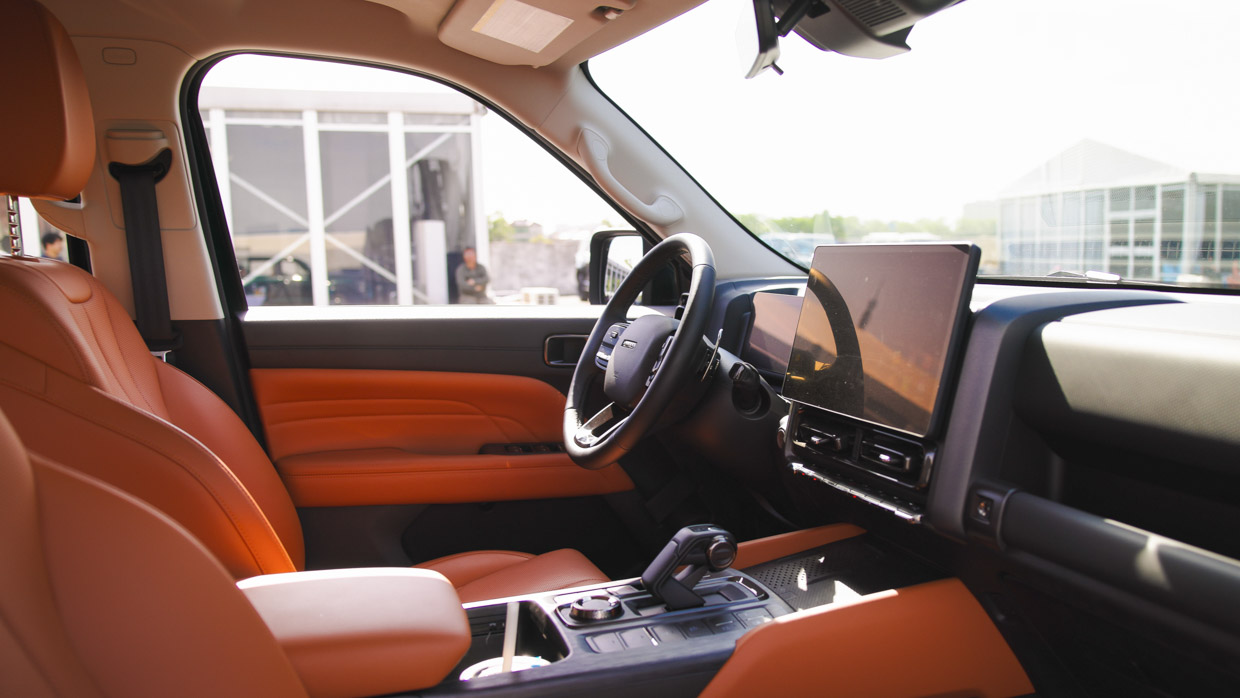
Our test car had a decent blend of luxury and features, but you could see its bones were more budget-focused.
That could work in its favour, as if the Raptor PHEV can land at under $50,000 it’d neatly undercut the likes of Mitsubishi’s Outlander PHEV and jostle with BYD’s Sealion 6.
The dash and door plastics are hard and scratchy, but they’ve tried to jazz it up by putting fake stitches through the plastic.
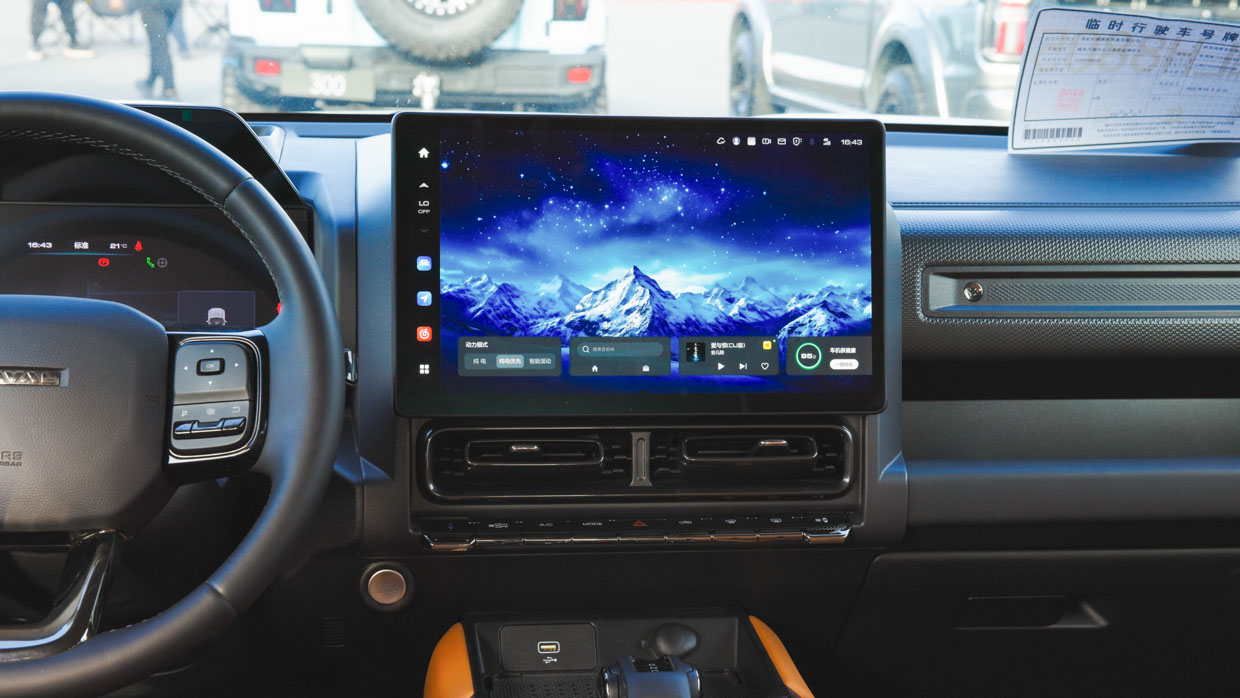
The centre console has a fake carbon fibre weave which doesn’t look bad, but is quite thin and plasticky to the touch, as are the switches under the central screen. A Tank 300-esque chunky gear shifter reminds of the off-road intentions here.
As we now expect from GWM, infotainment and digital driver displays are appealing high points. A 14.6-inch main screen proved high quality and fast, as did the 12.3-inch instrument panel.
Its leatherette seats aren’t Lexus-like, but feel spongy, comfy and well put together. Rear seats offer lots of head and leg room, but they only recline slightly, and don’t slide on runners. Only a USB-A in the back too, reminding this Raptor’s no newbie – it’s been on sale in China since 2023.
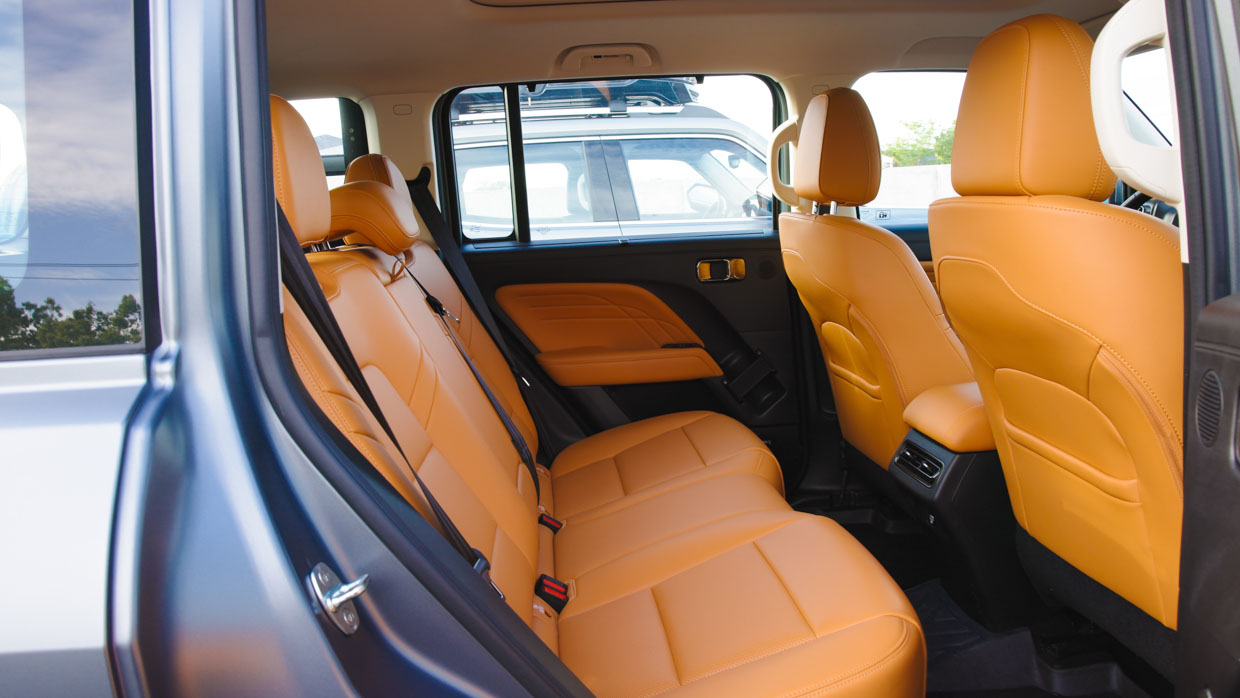
The boot isn’t large, but its square dimensions and side-hinged tailgate would make loading large items in reasonably easy. No under-boot storage due to the hybrid batteries, but proper explorers will appreciate a full-size spare on the tailgate. Helps the tough looks, too.
From the driver’s seat you’re perched nice and high thanks to the ground clearance, with a head-up display an appreciated touch. We’re promised this model has Level 2 autonomous driving capability, but we weren’t able to test it.
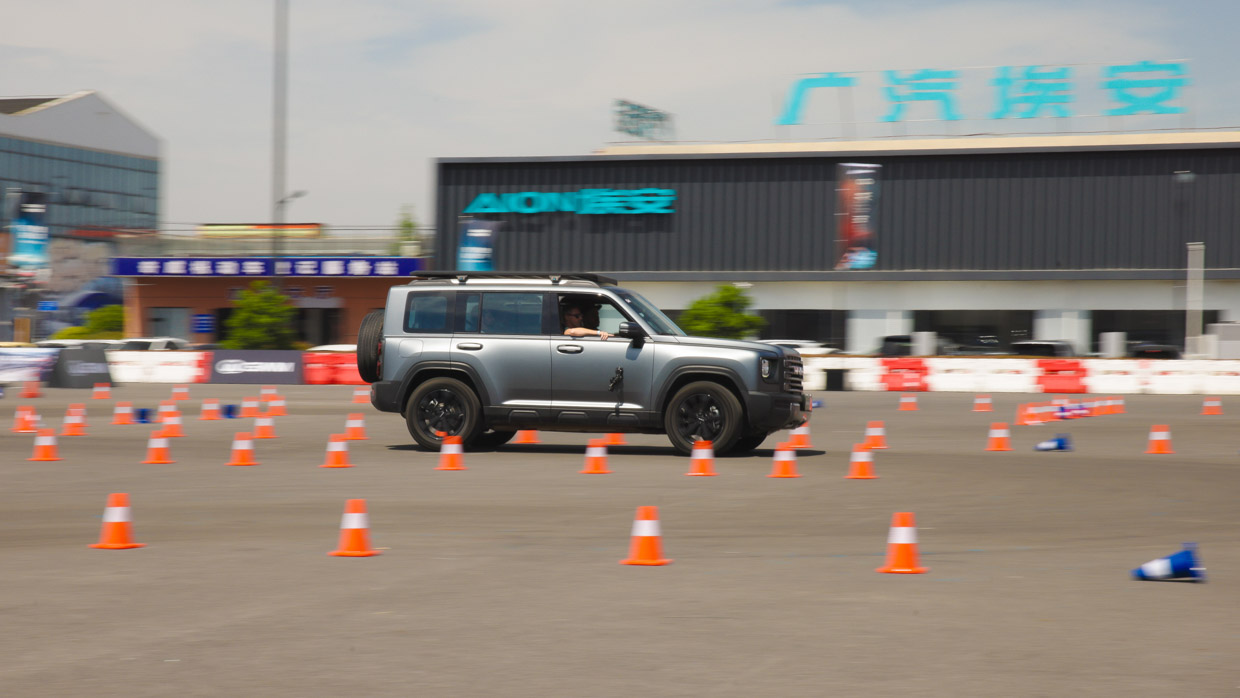
For our brief blast through the Shanghai car park, the Raptor displayed reasonable refinement and fair control.
The steering’s very light, and as expected from something riding as high as a Subaru Forester, there’s a good dose of body roll. But the tyres barely protested to quick direction changes, and it overall felt safe and well behaved.
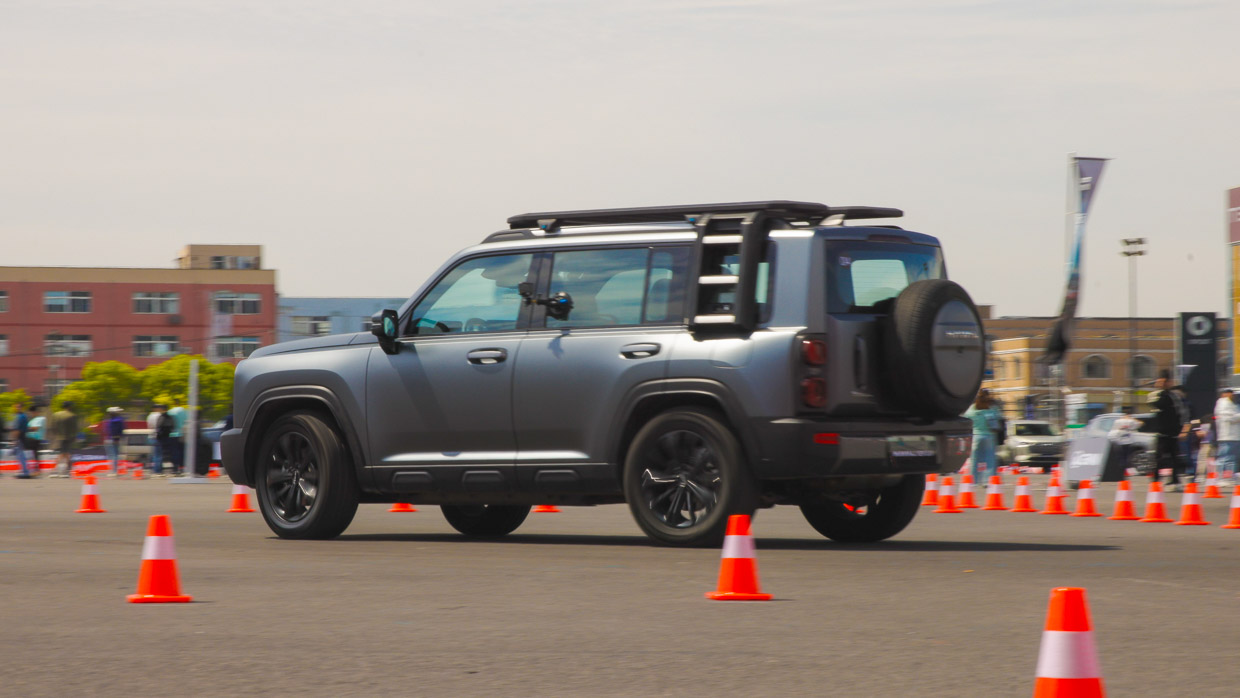
GWM has recently employed Australian ride and handling expert Rob Trubiani (ex-Holden) as Product Engineering Manager. With local tuning from such a respected industry stalwart, I fancy he’d be able to tighten up this Raptor for our market.
Stomp on the throttle and the petrol and electric motors deliver a pleasing shove, but this Raptor feels best when just touring on battery only, moving along in near silence. The battery readout showed half full and an electric range of 53km, reminding us there’s solid EV-only potential for daily duties.
We’d be keen to explore more. GWM engineers told us the plug-in powertrain can operate in pure EV mode, hybrid or as a full petrol (presumably it can recharge the battery if needed), and it can run as a front-wheel-drive, rear-wheel-drive or all-paw.
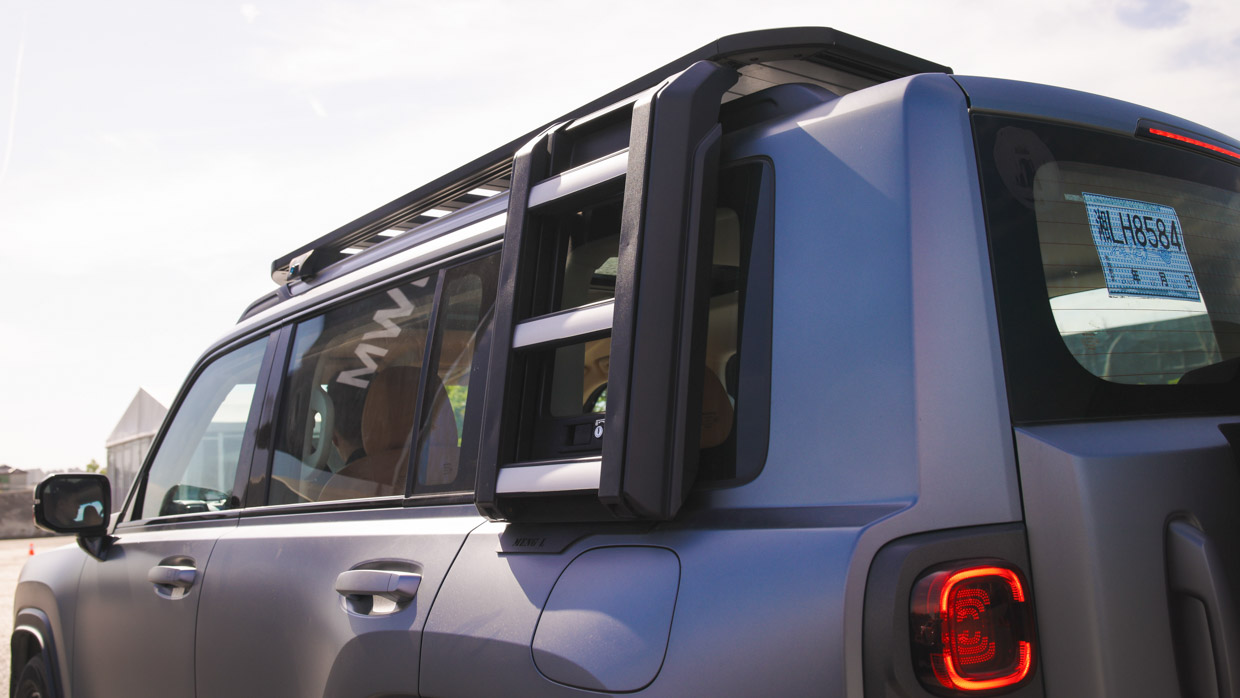
We Aussies like an SUV with trail-ready styling and hardware, giving this Raptor a decent edge next to softer rivals. It’s boxy, reminds of a Land Rover Defender and seeing the rear diff lock button and decent amount of fresh air underneath would give me faith in this thing tackling some gnarly-ish bush routes.
To do much of it on electric only enhances the appeal.
Haval also showed some decent accessories too. One Raptor displayed had a side ladder and roof tray (plus strangely alluring orange/tan interior), while the brand has a “Meti-Force” package for its larger H9 SUV, bringing white retro wheels, all-terrain tyres, side panniers and light bar.
The same on this Raptor would look, as the cool kids say, very sick indeed.
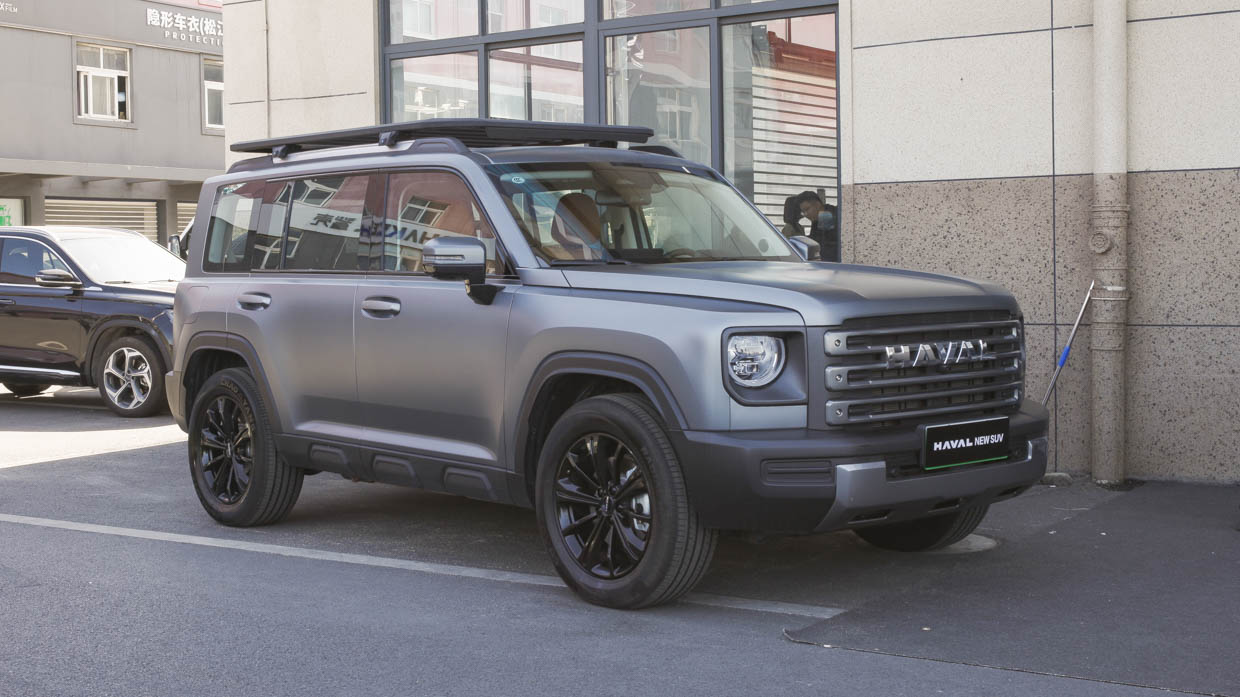
Will the Raptor reach Australia? GWM and Haval have lofty targets, including becoming a top ten brand, and more choice typically brings more sales. But the business case stacking up may be tough due to many similar-sized SUVs in GWM’s Aussie arsenal.
But it fills a vacuum between soft and hardcore off-roaders, and that’s a sweet spot for lots of medium SUV shoppers. As a PHEV, it brings an additional point of difference, so you’d reckon a target price under $50,000 would give this Raptor a solid chance.
Chasing more Haval?
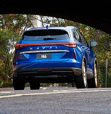
Often compared with

About Chasing cars
Chasing Cars reviews are 100% independent.
Because we are powered by Budget Direct Insurance, we don’t receive advertising or sales revenue from car manufacturers.
We’re truly independent – giving you Australia’s best car reviews.
Related articles
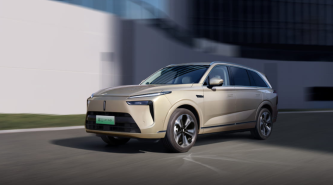
New 2026 GWM models coming to Australia: Haval, Ora, Wey product offensive unleashed!
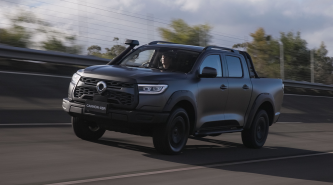
GWM wants to buy iconic Holden Lang Lang Proving Ground from Vinfast



